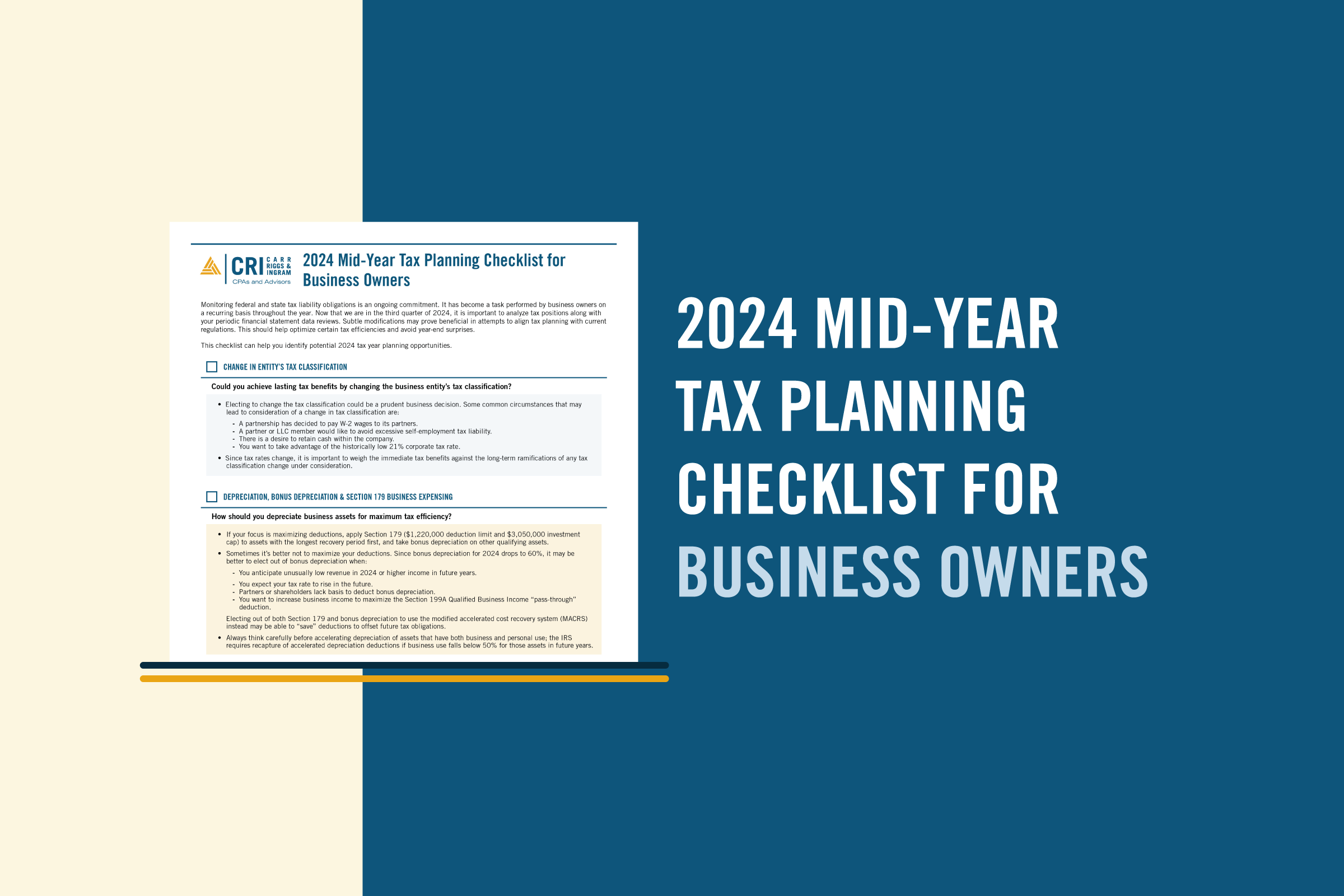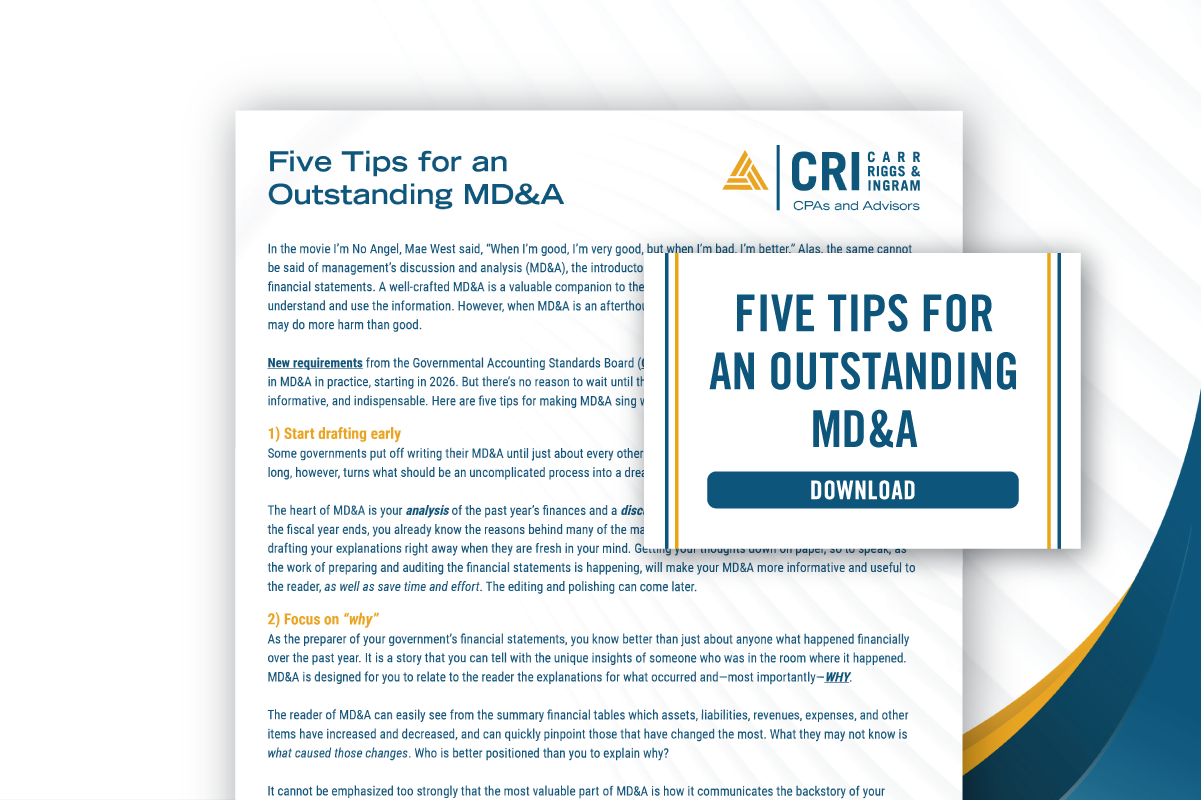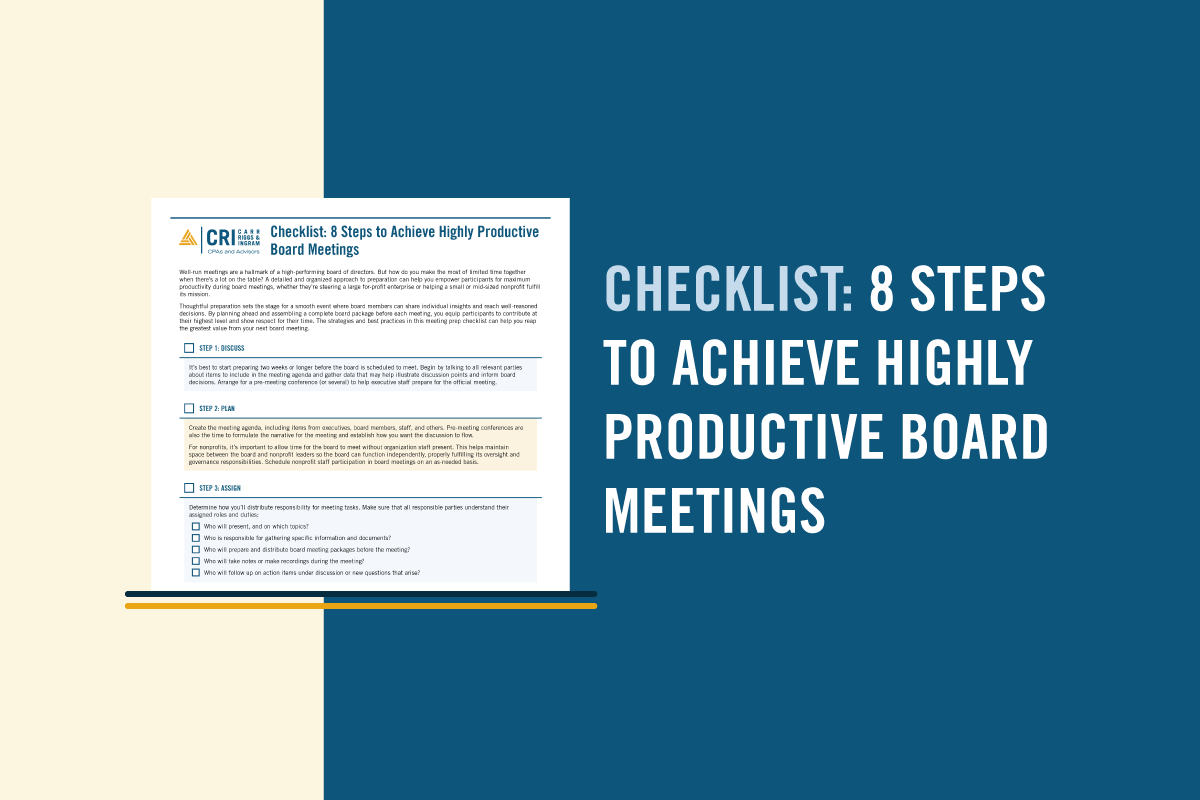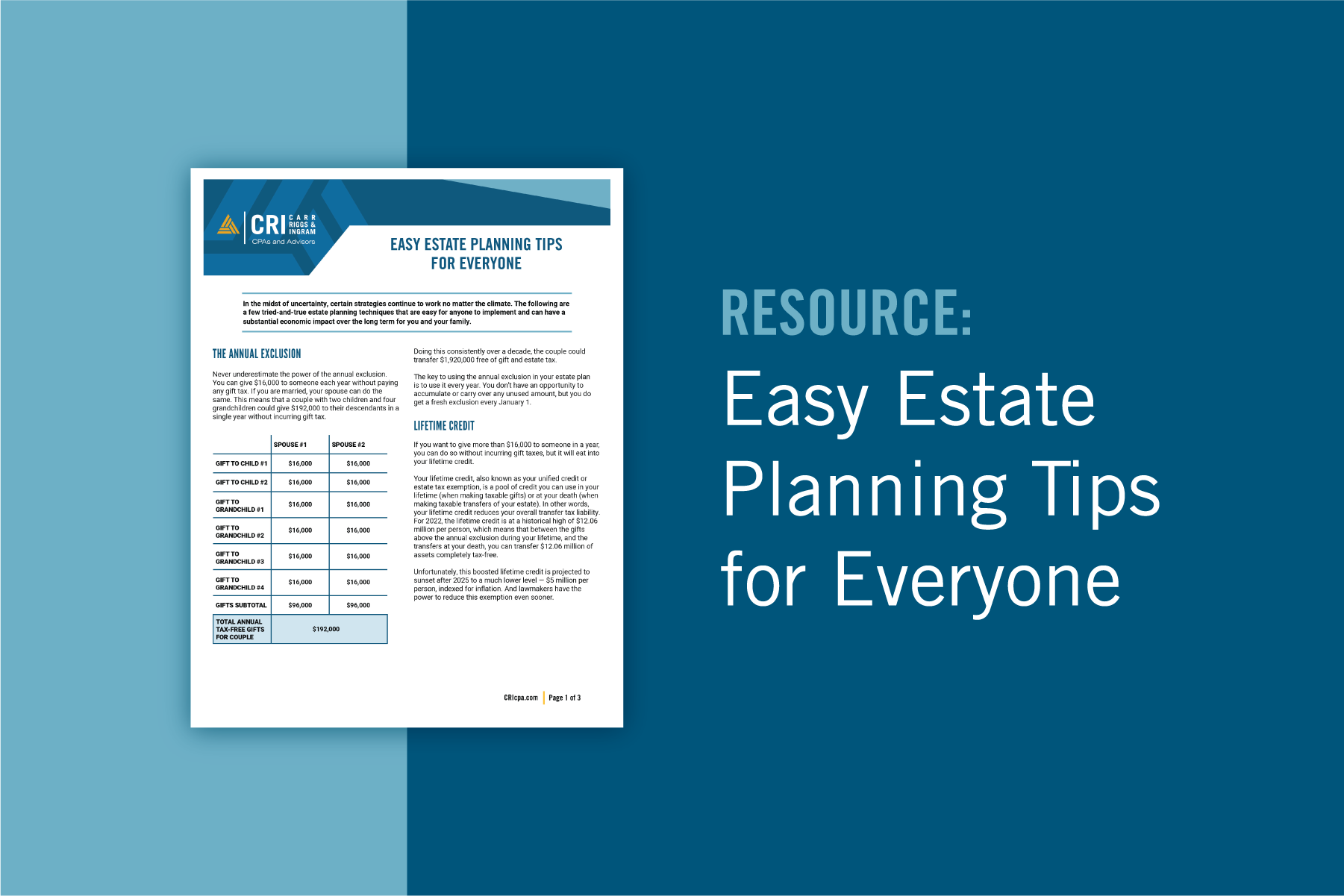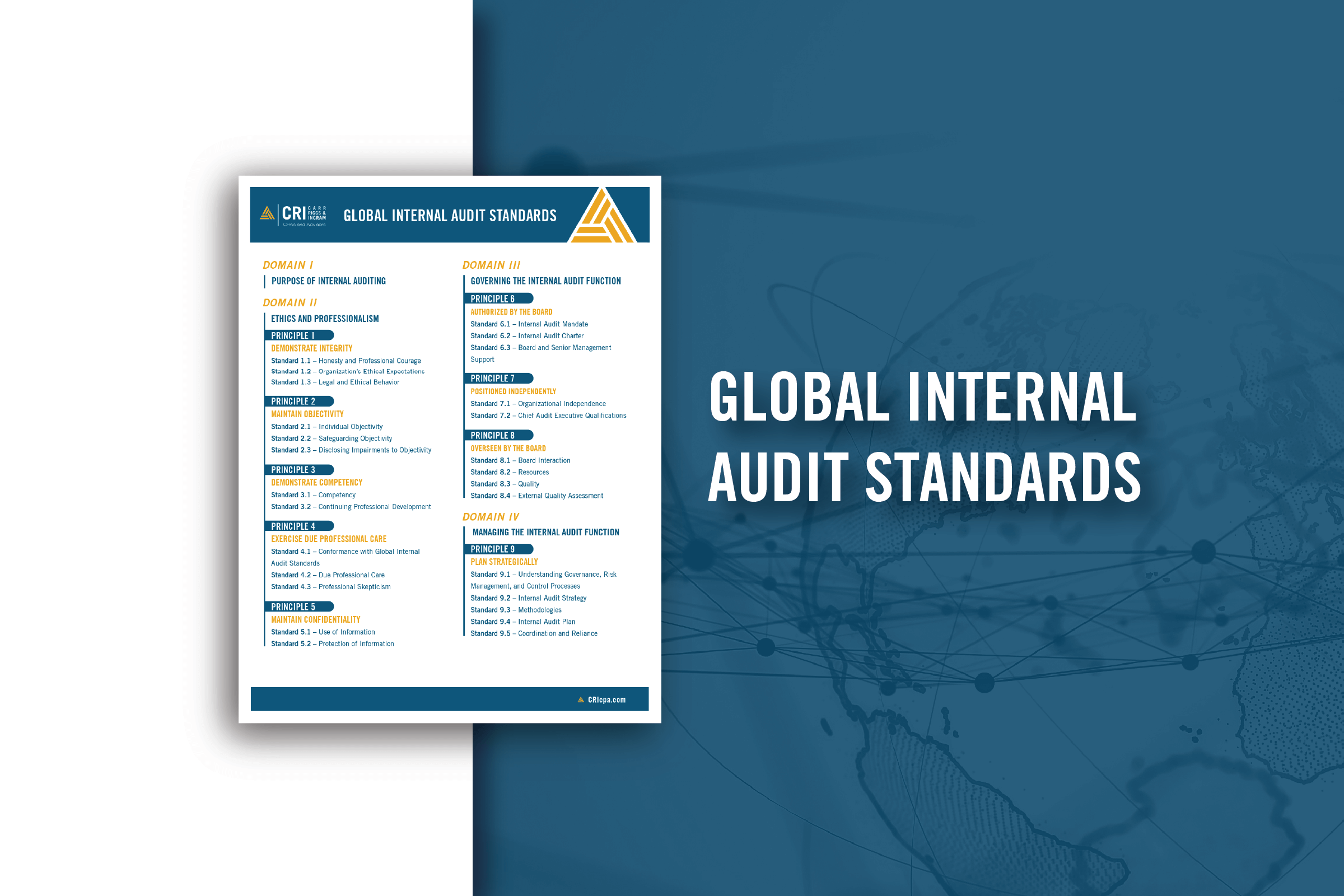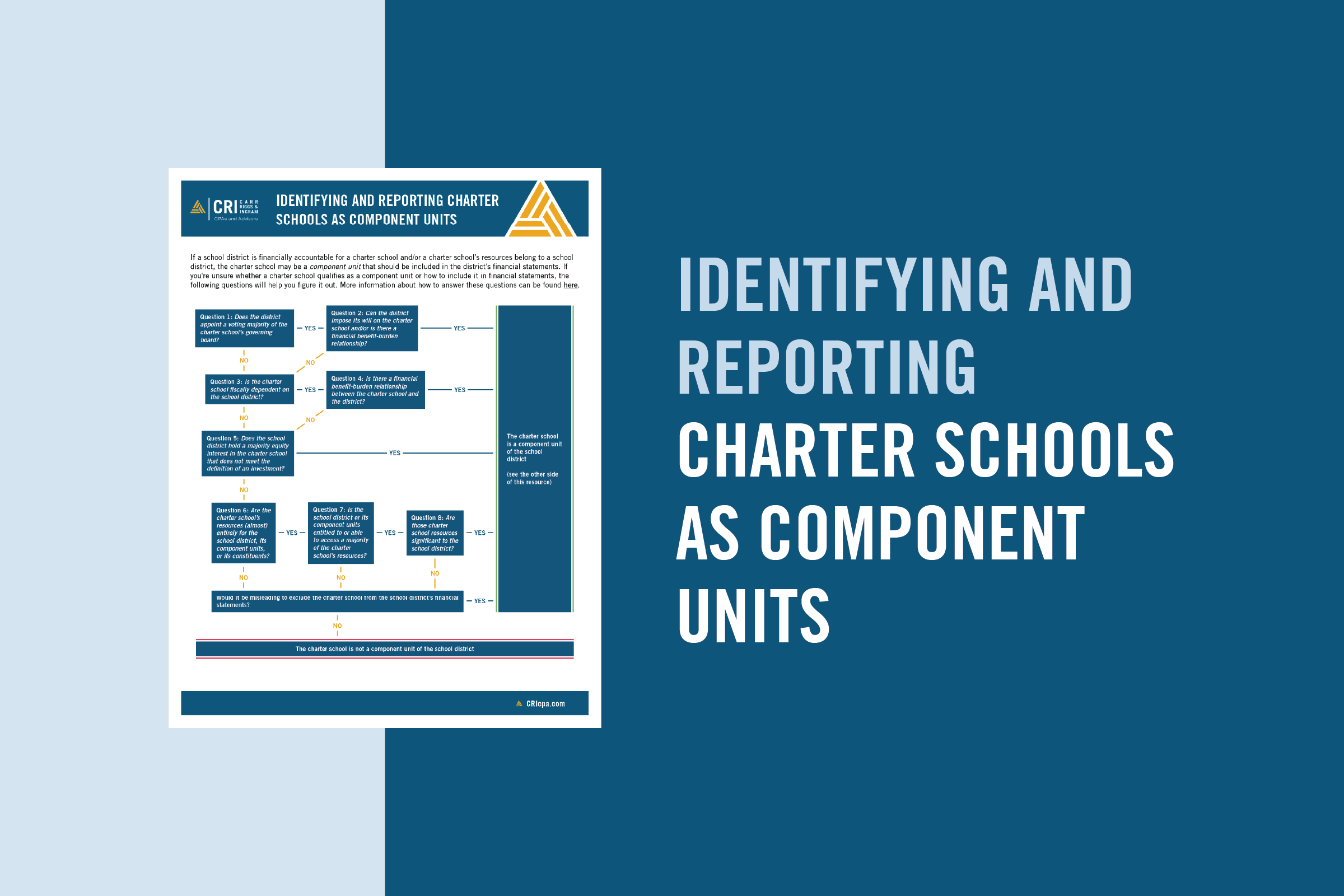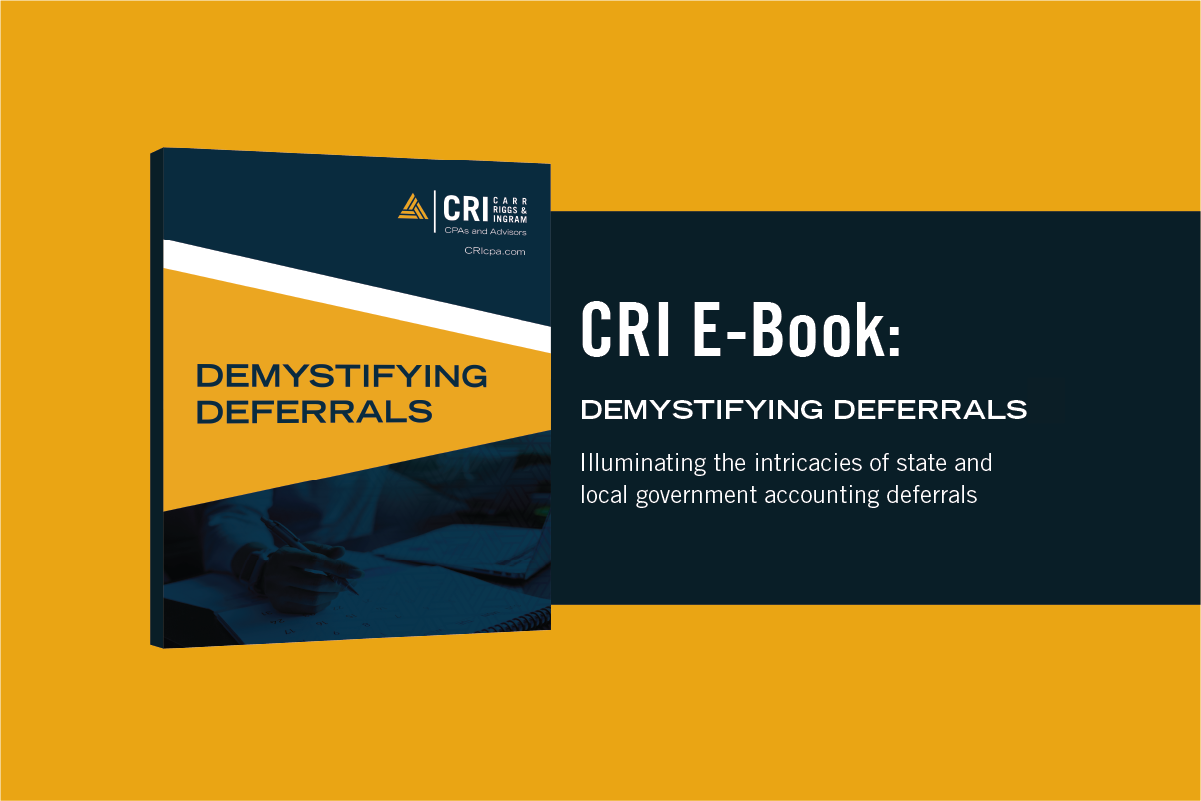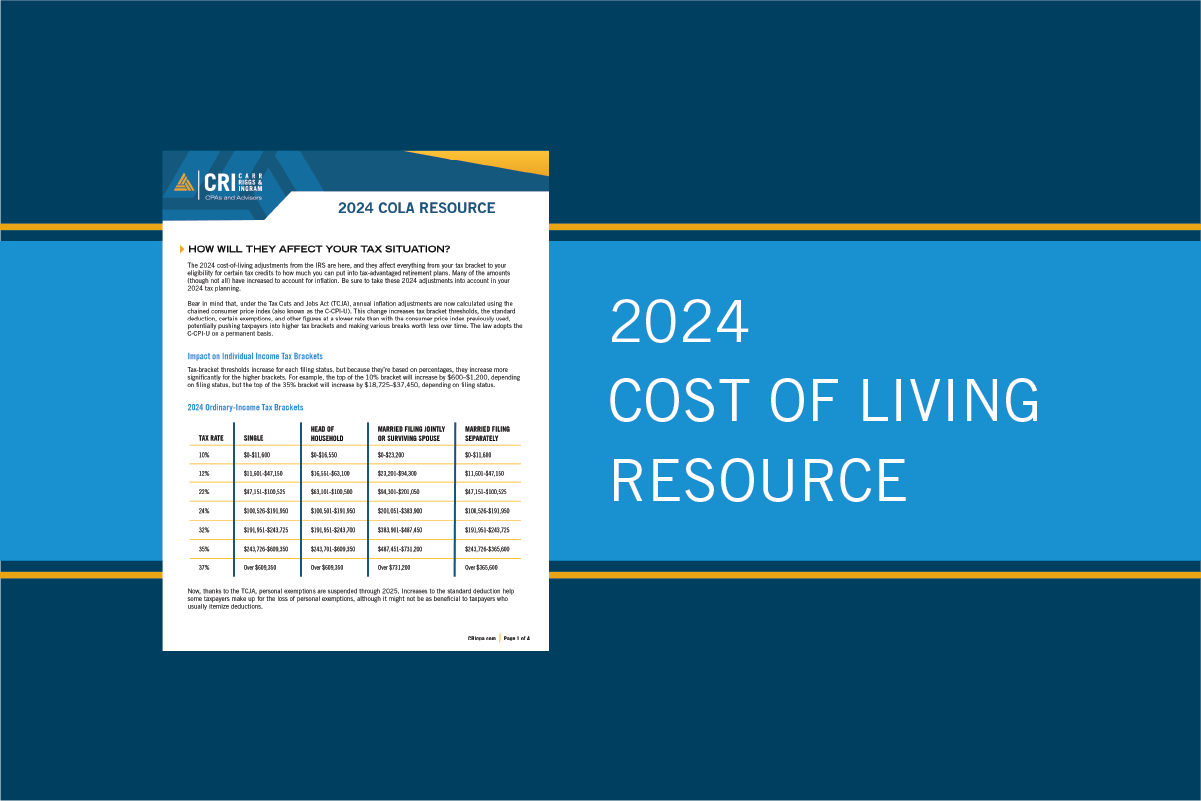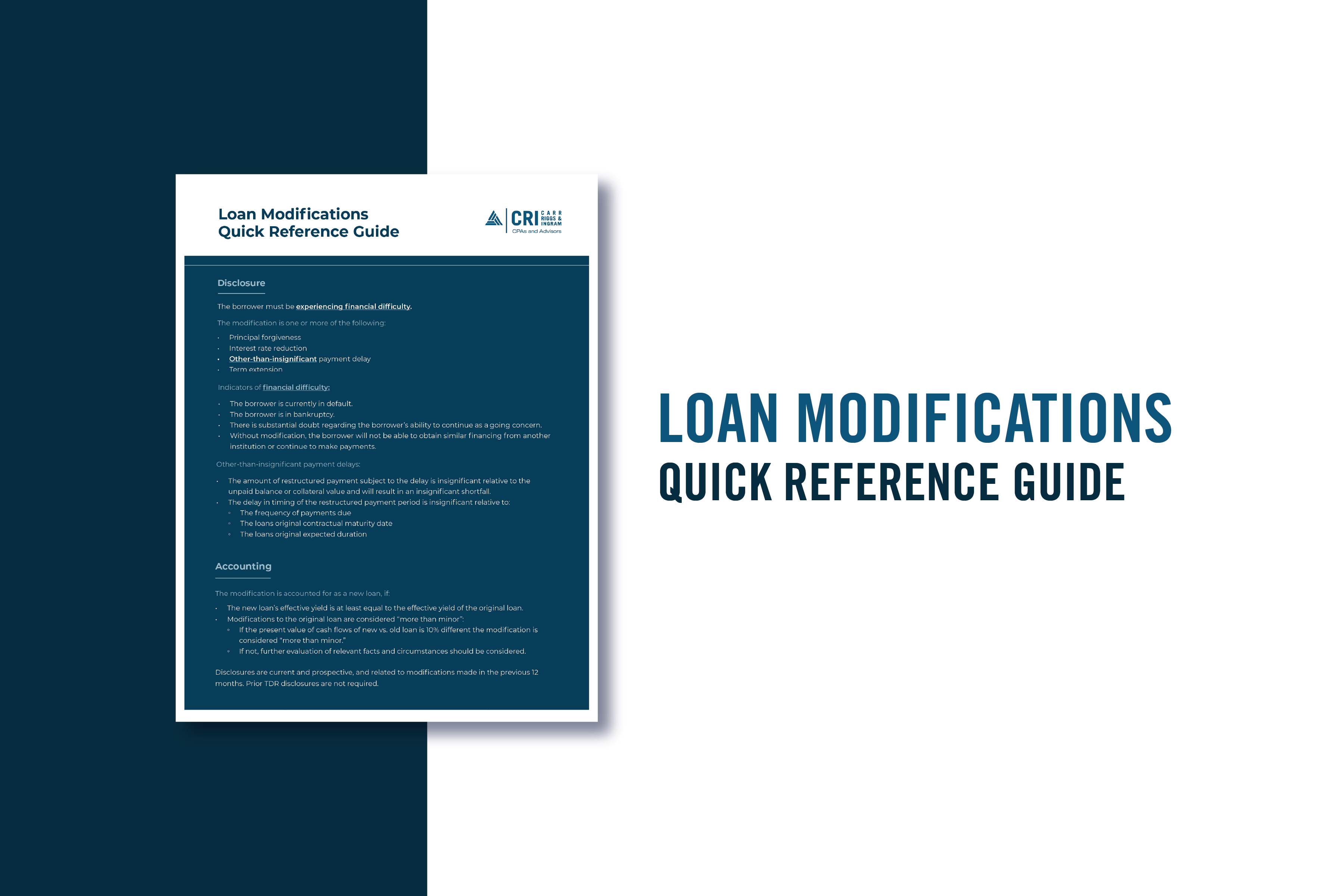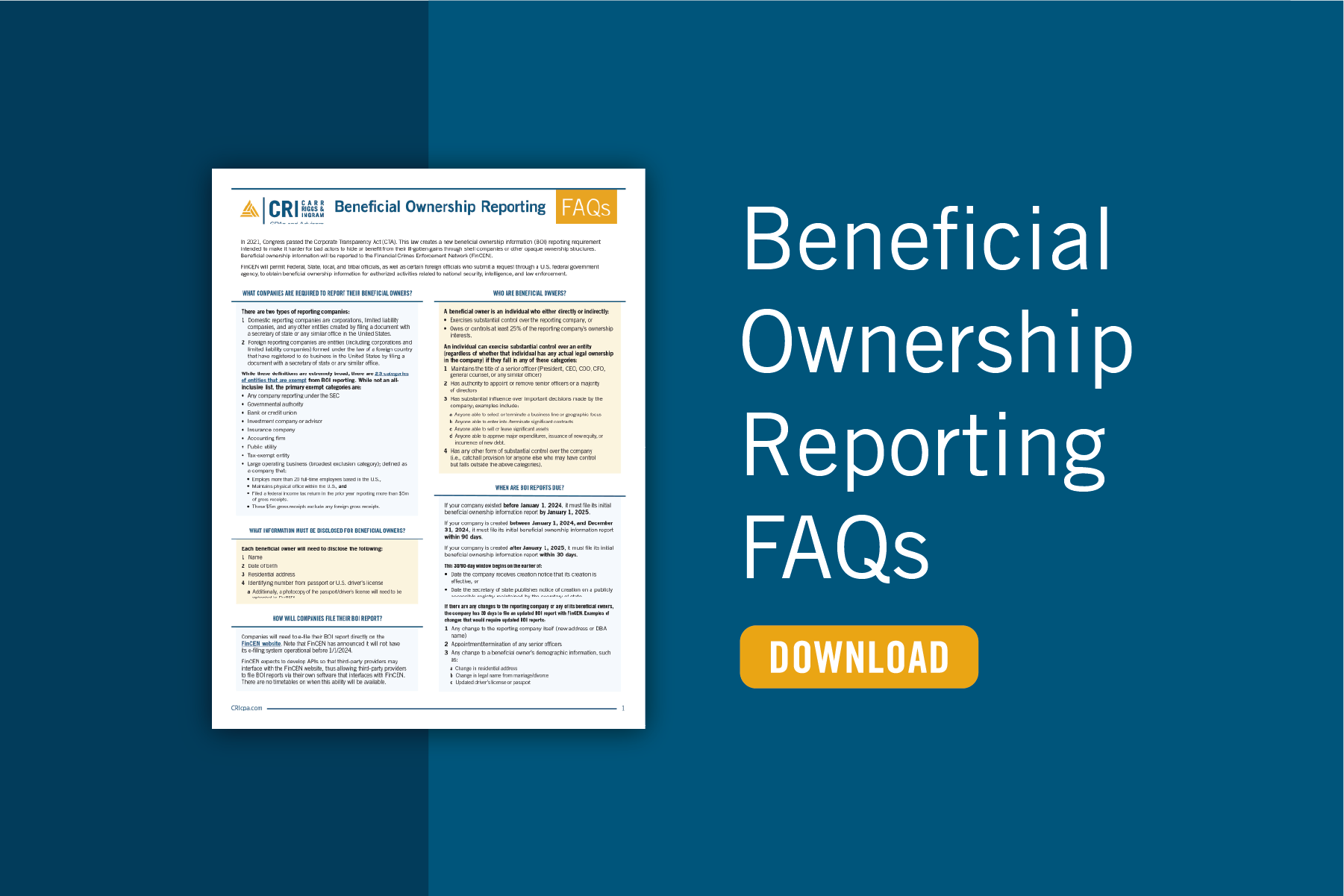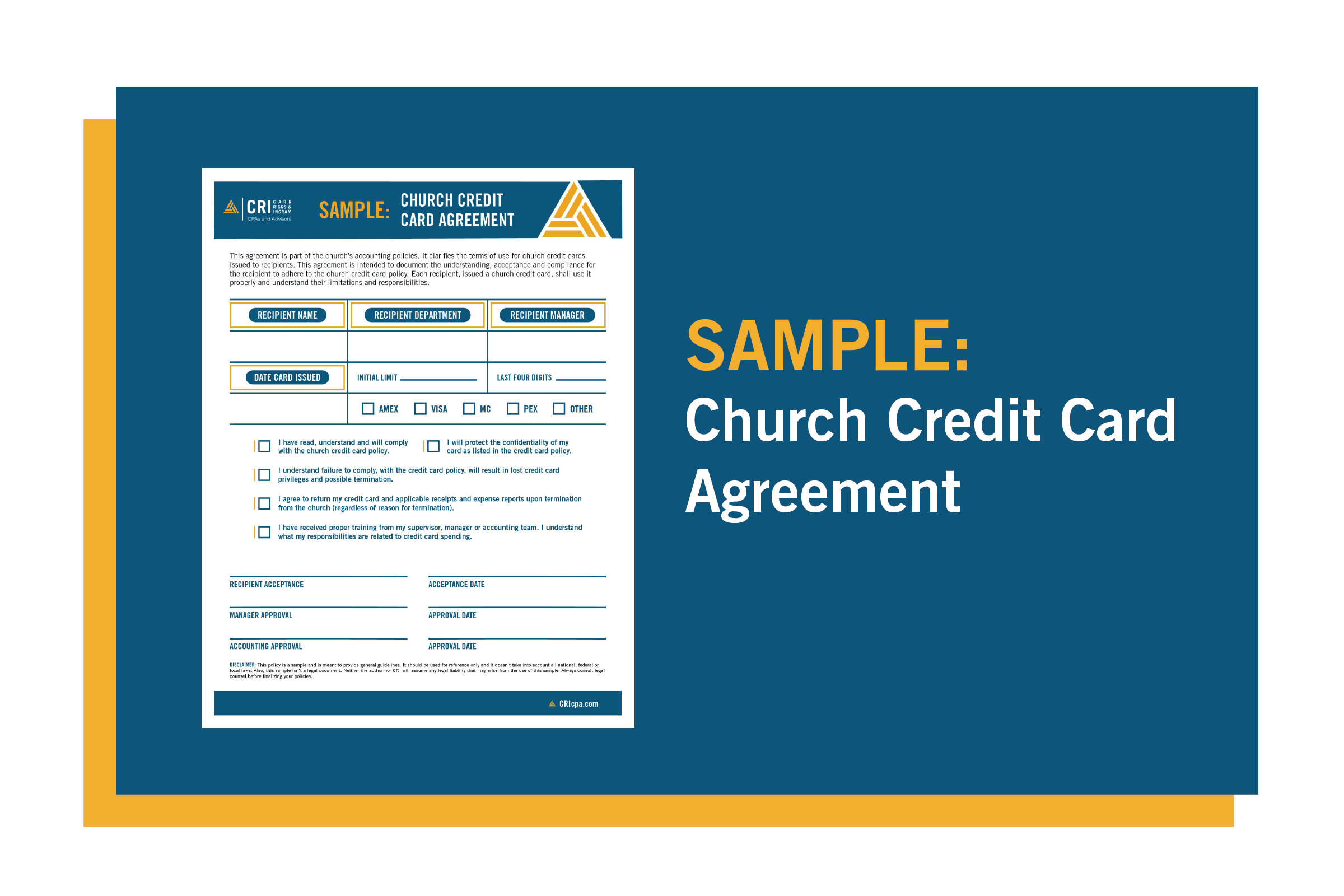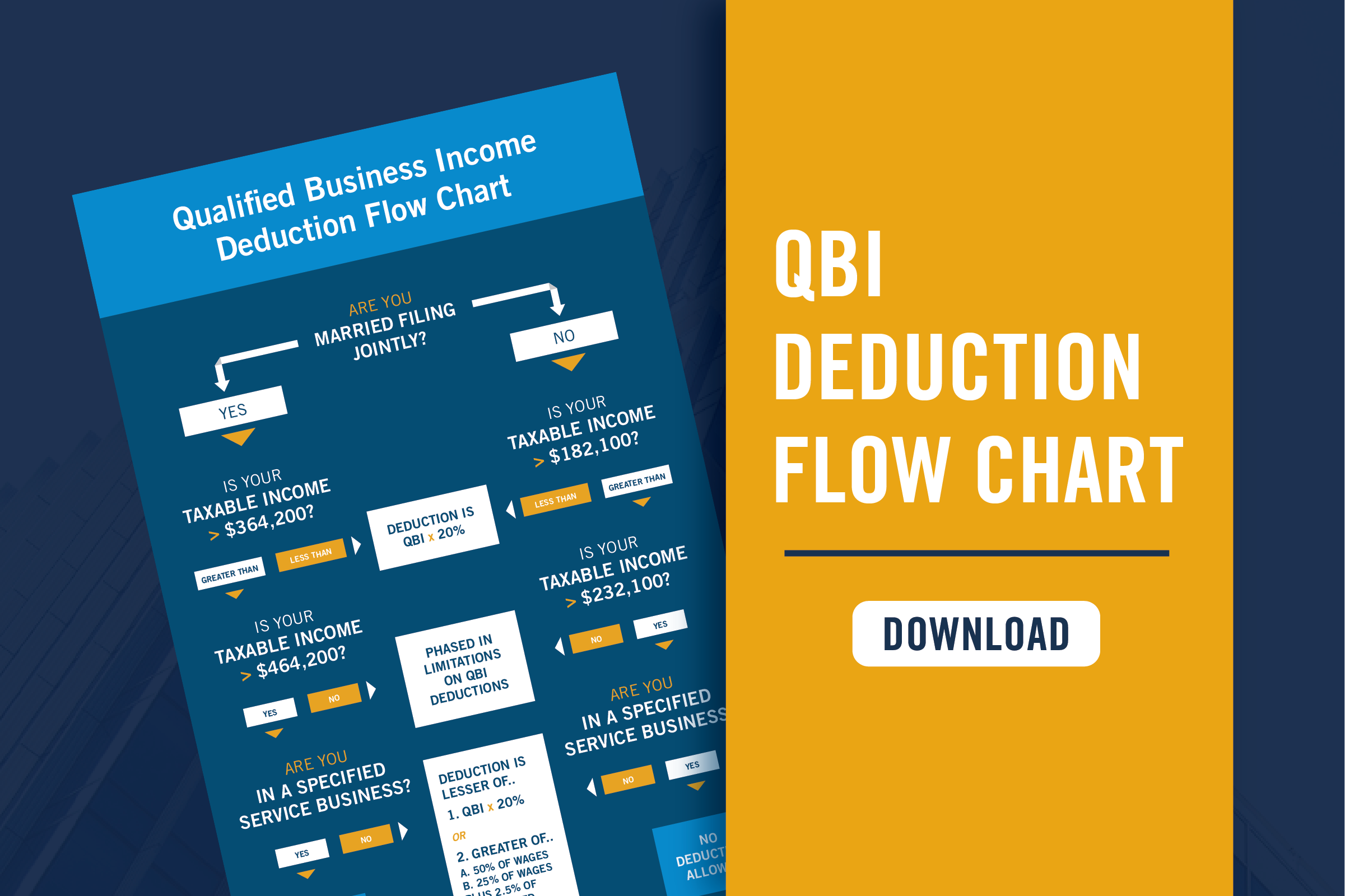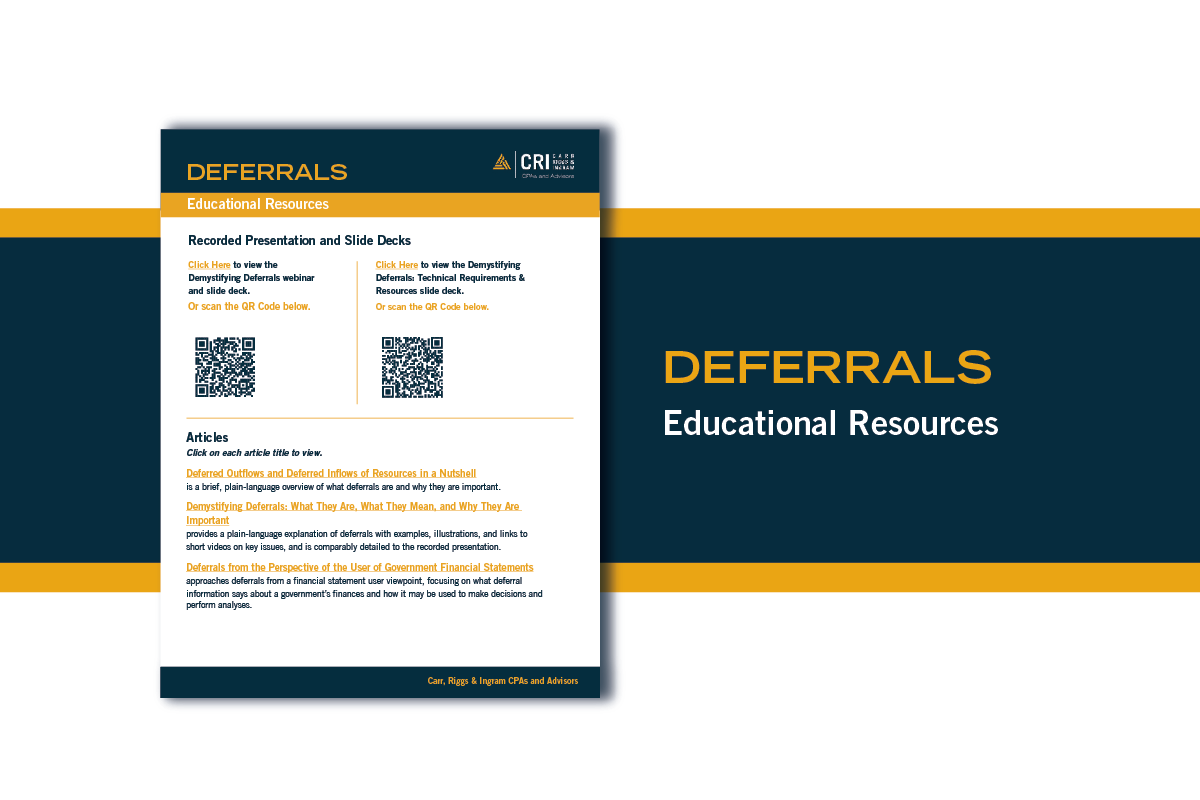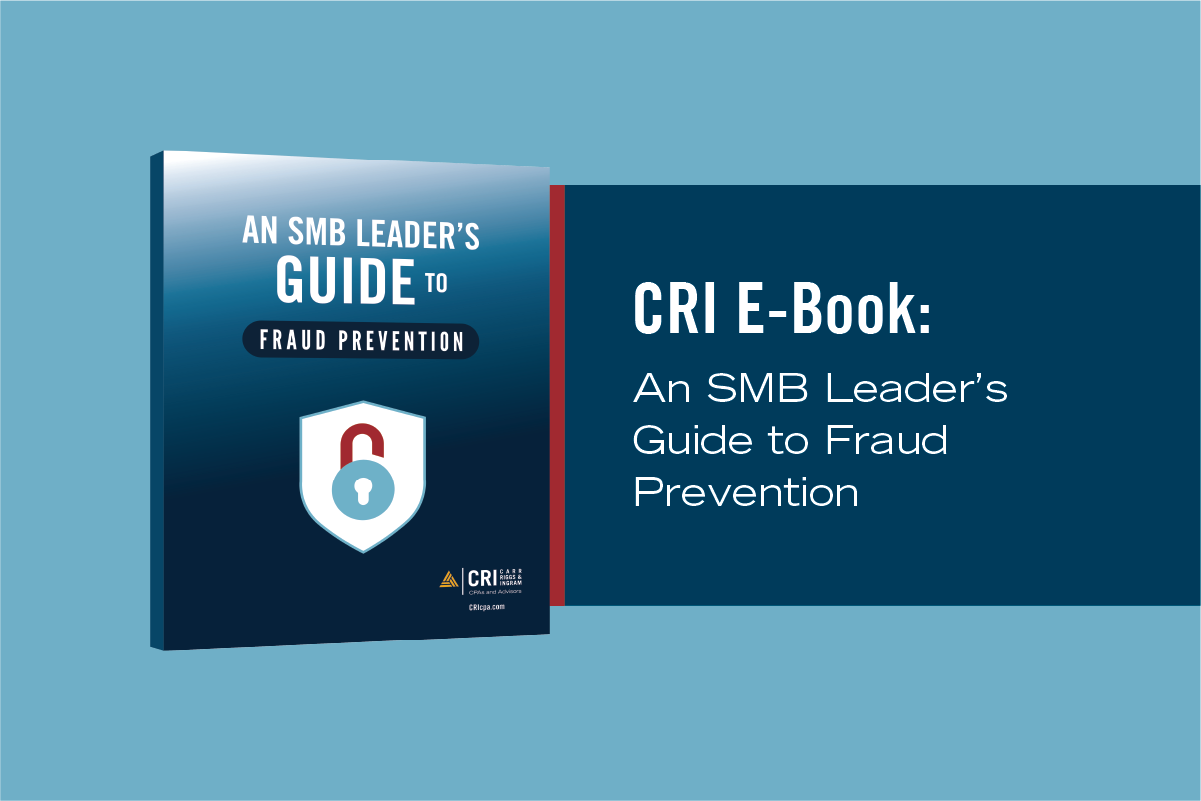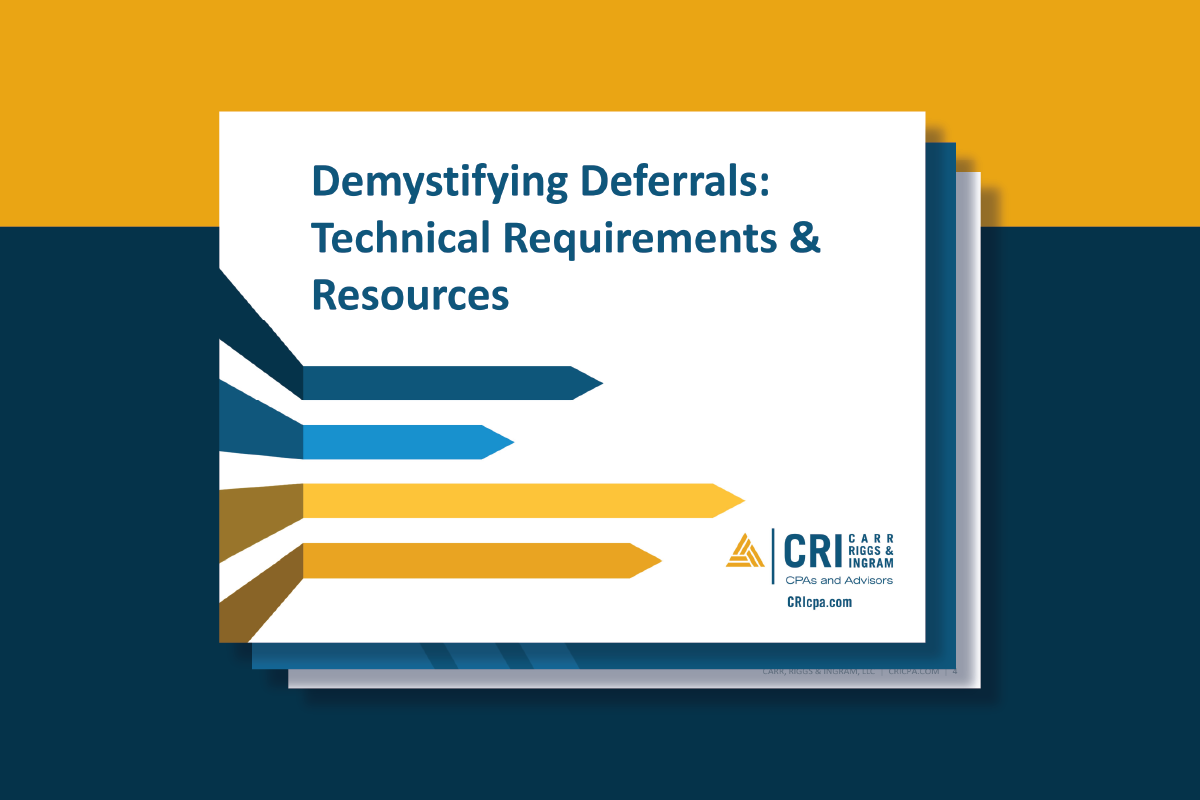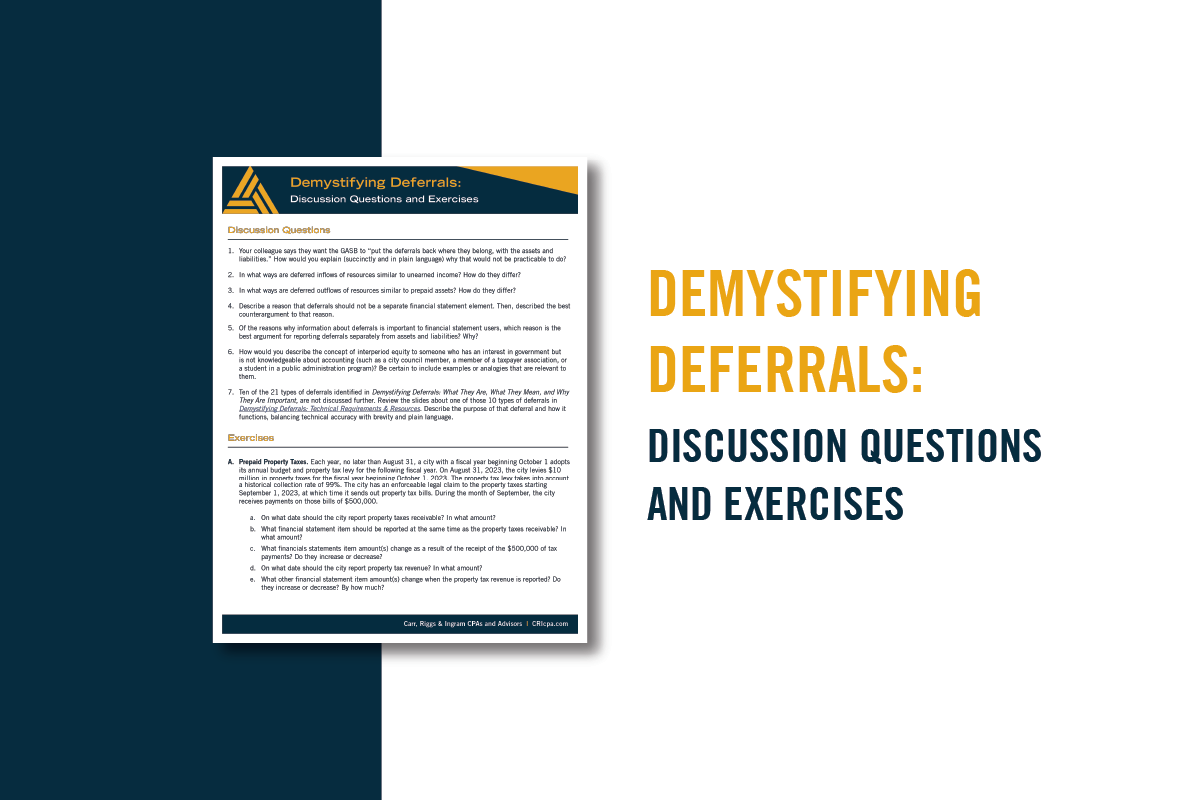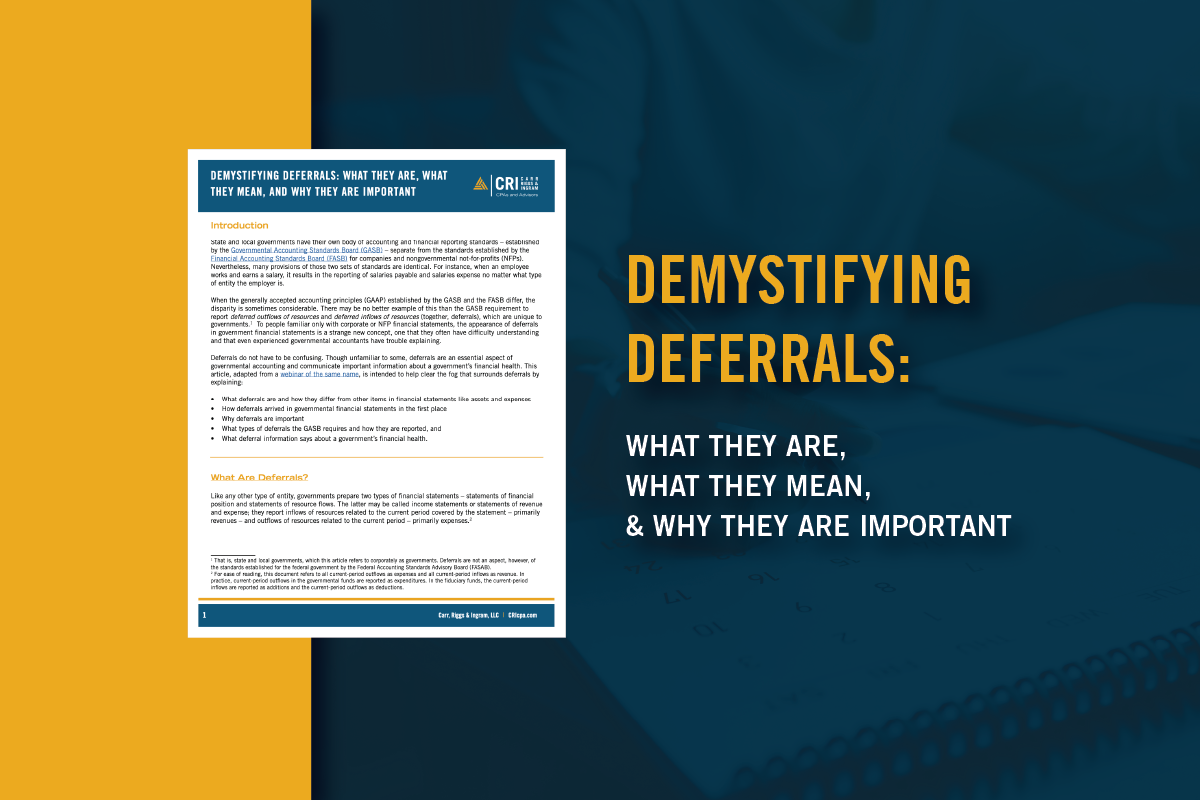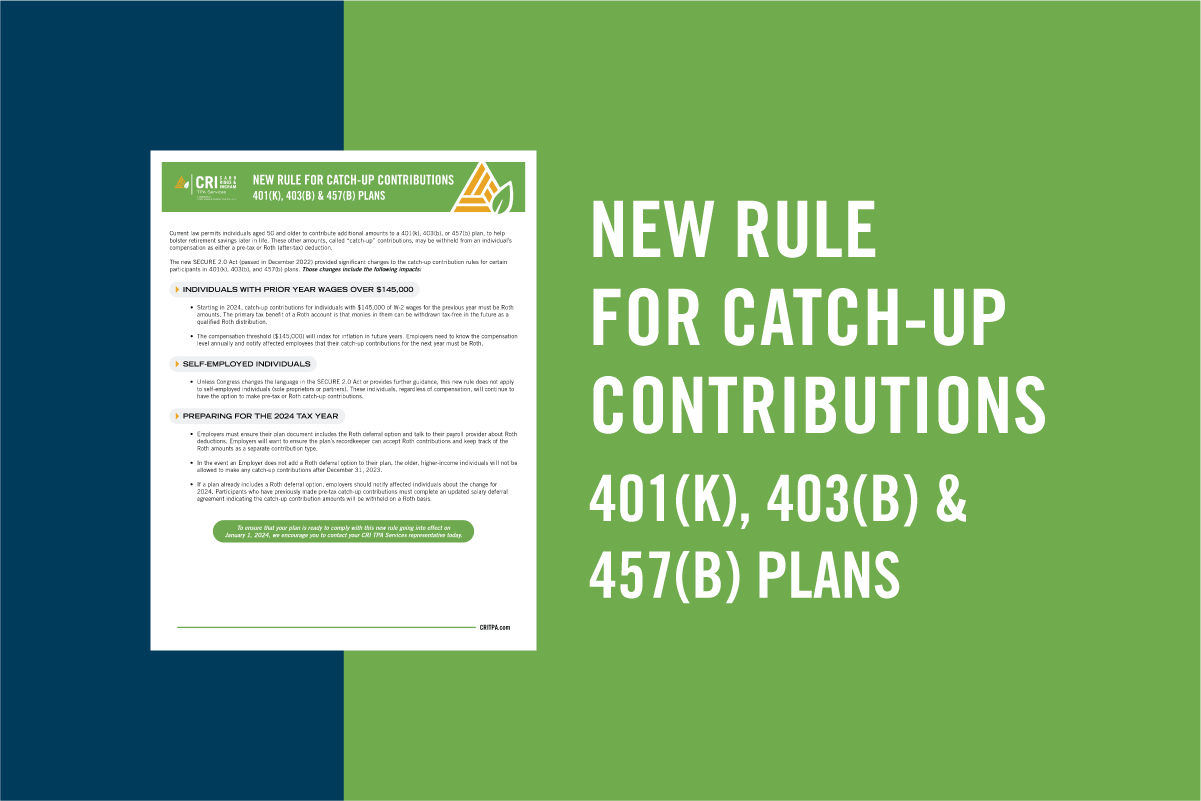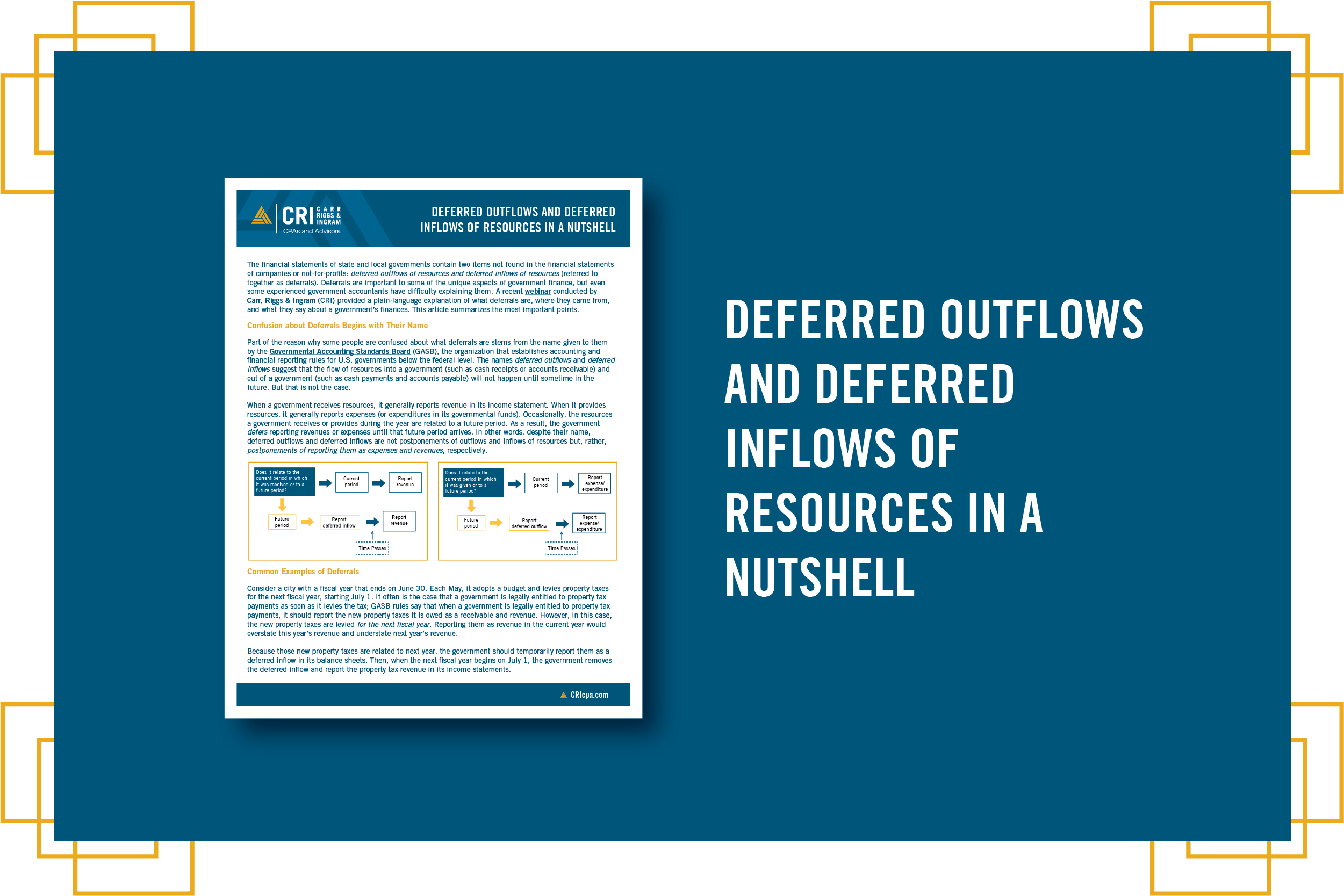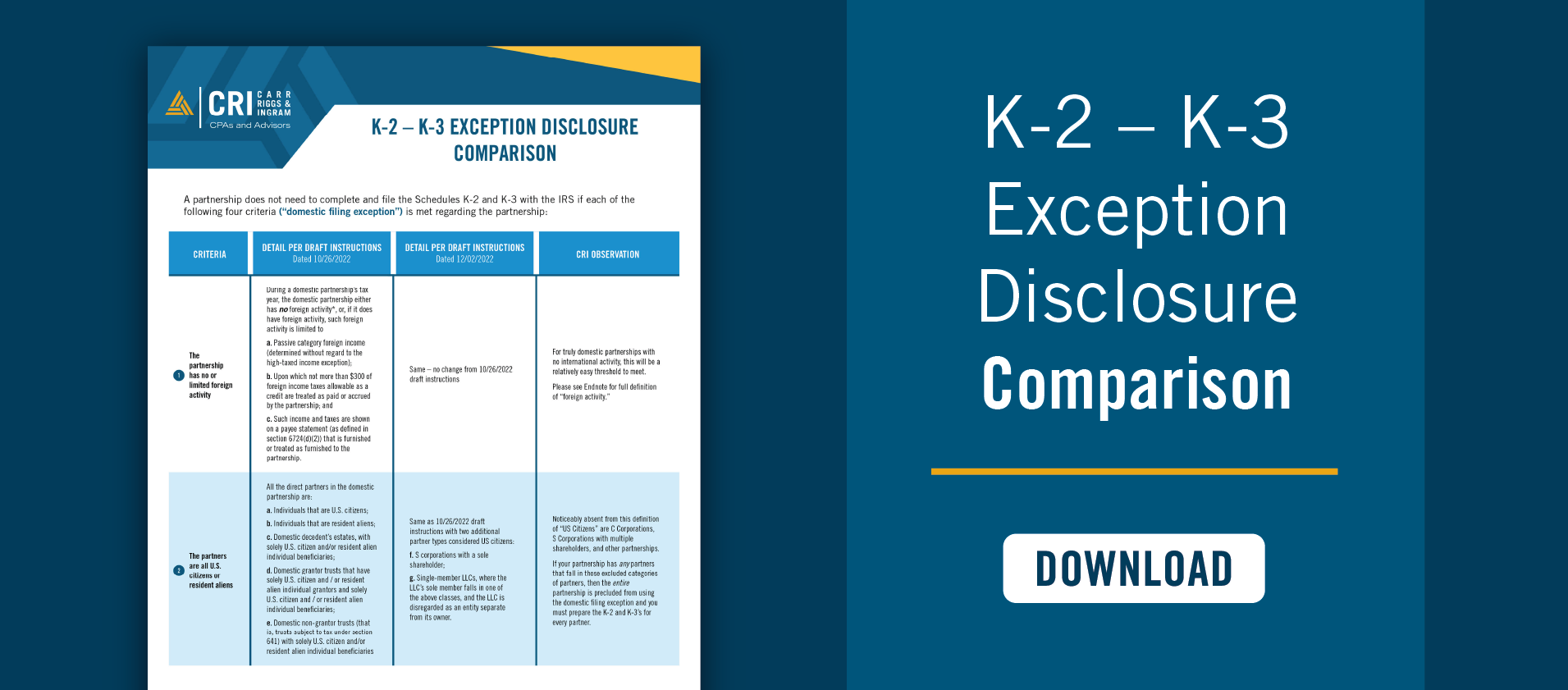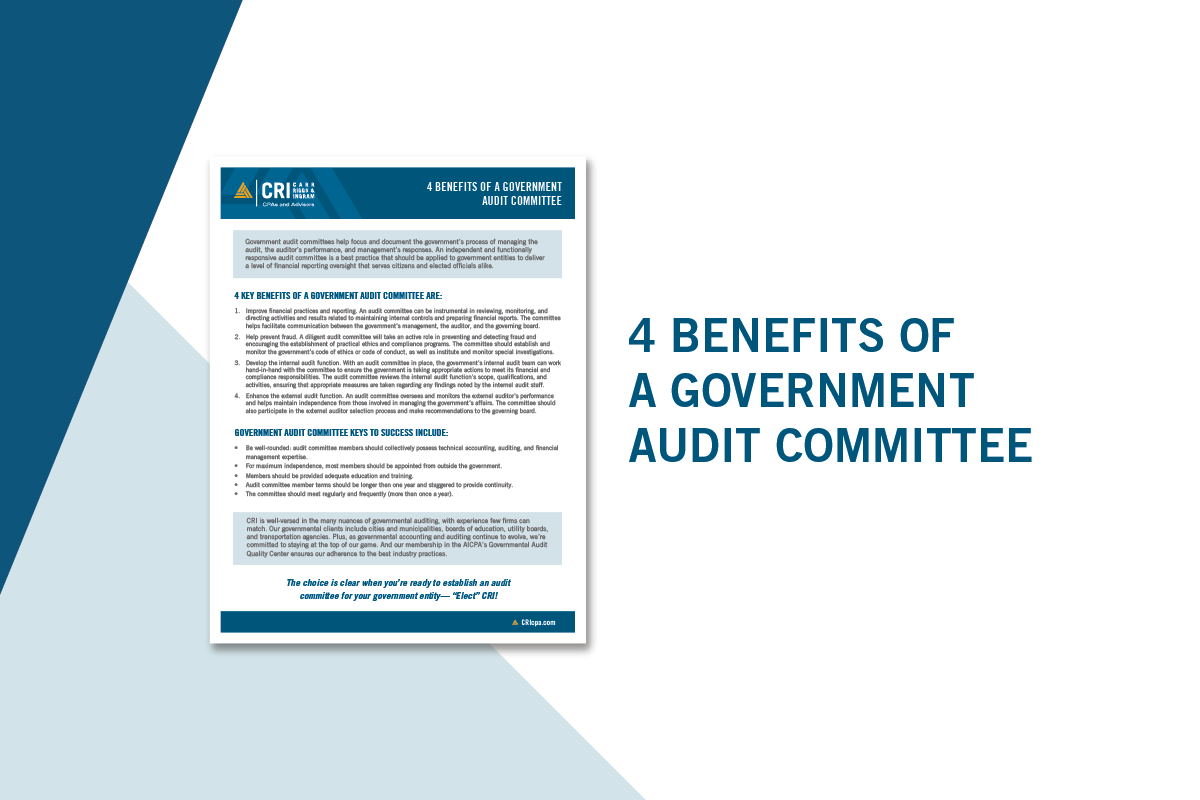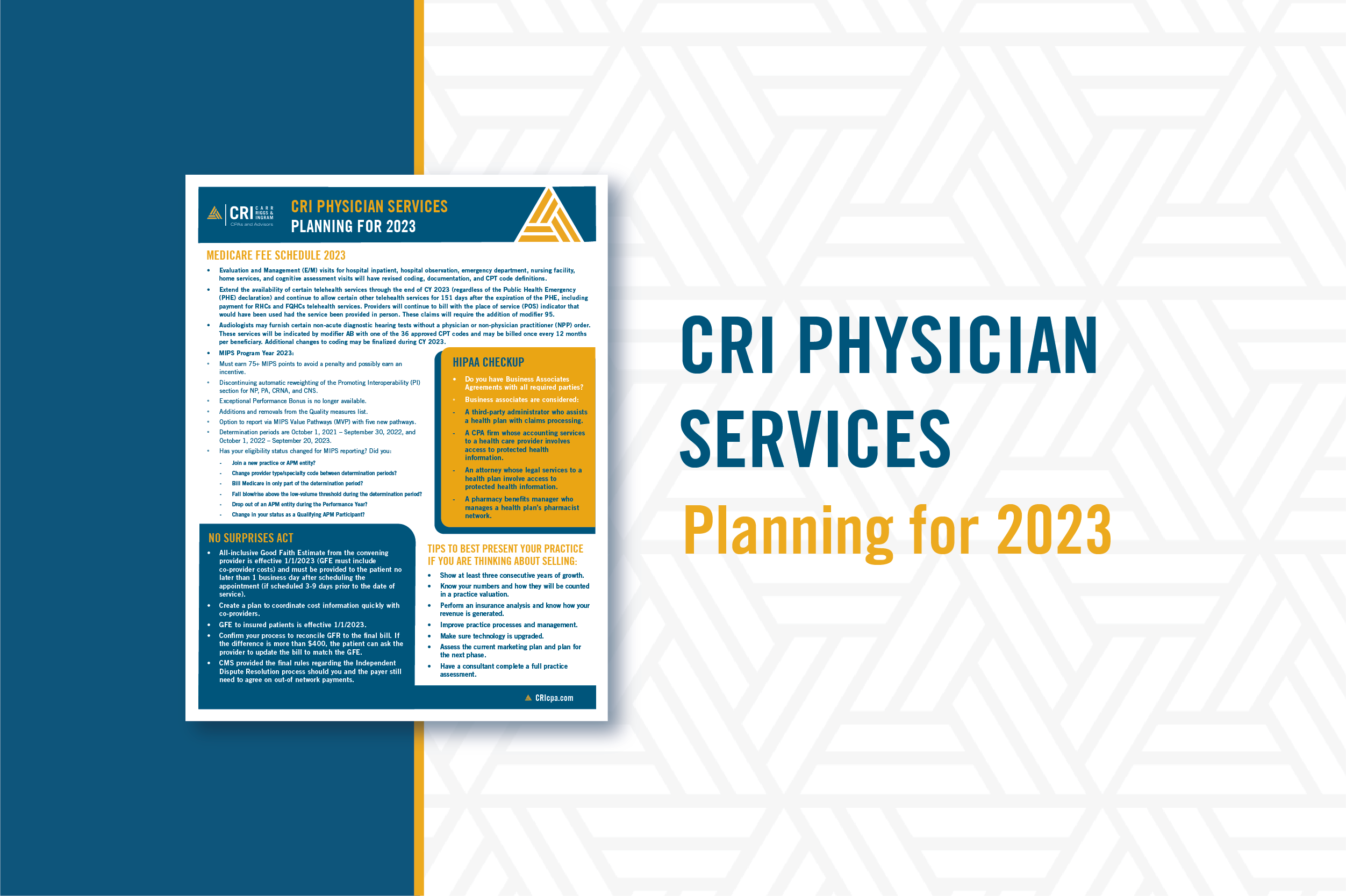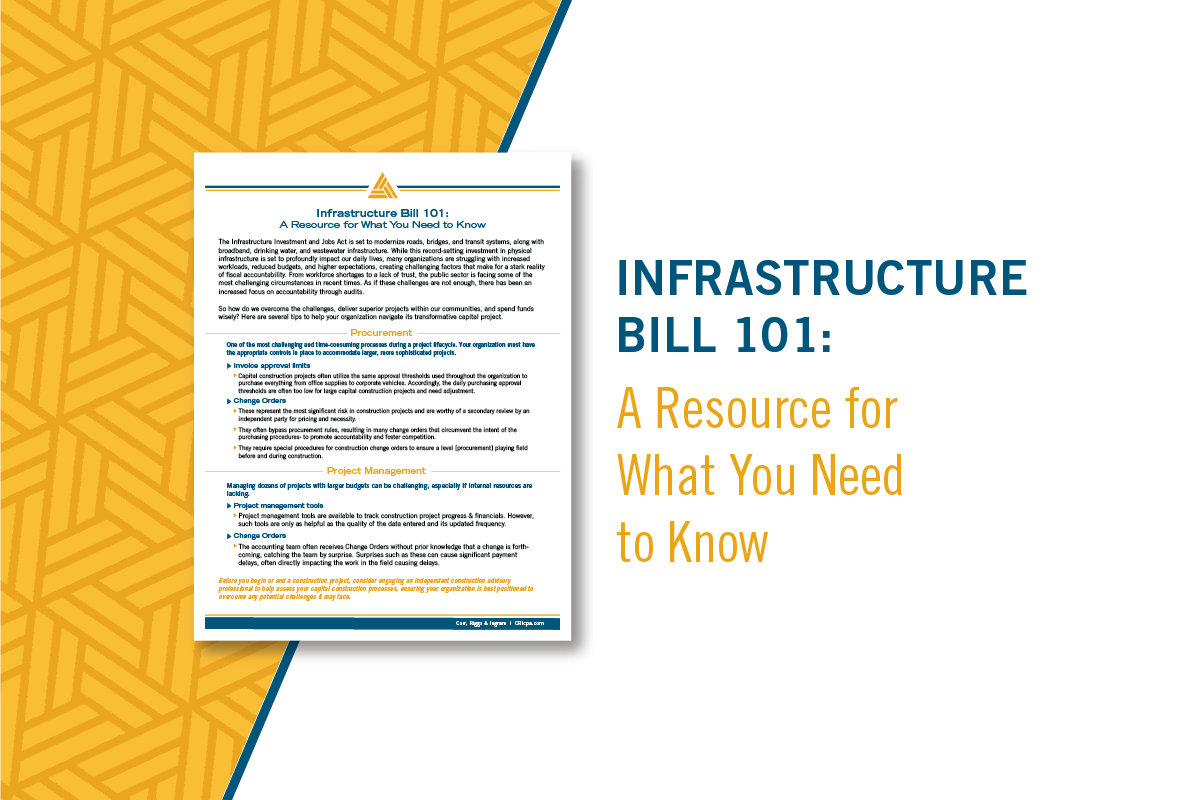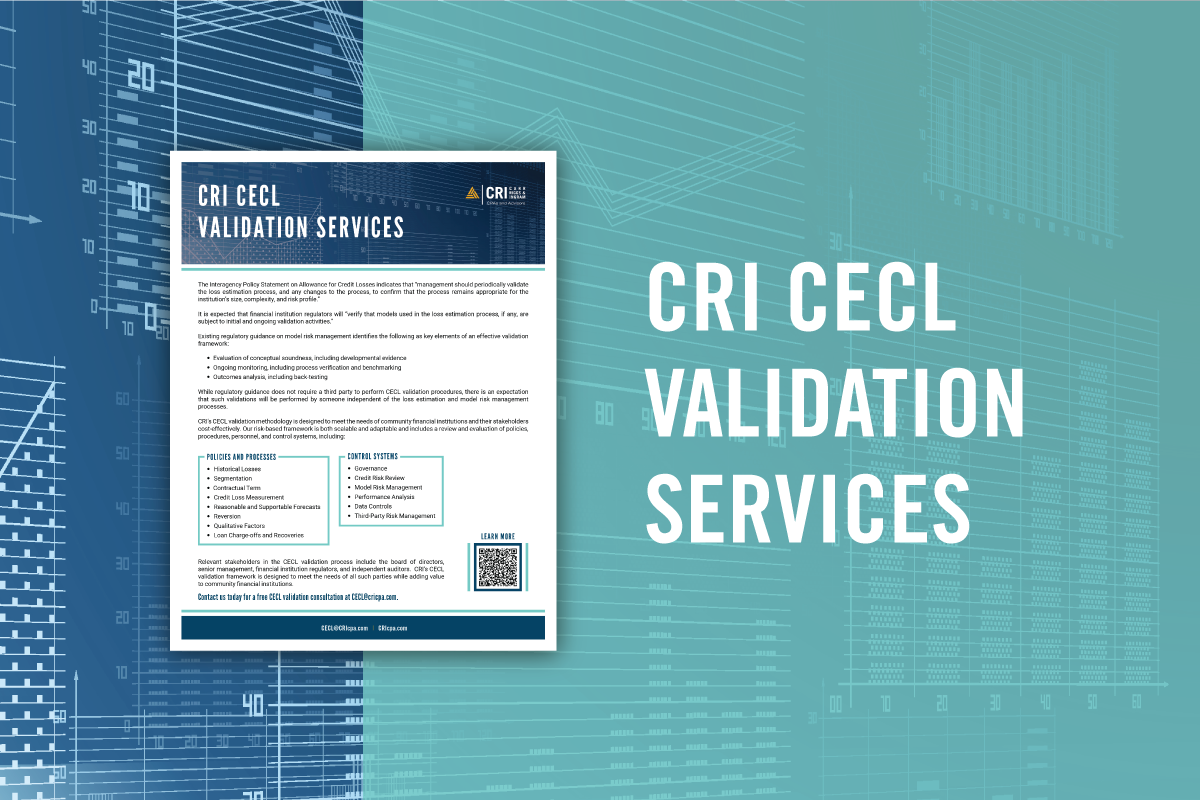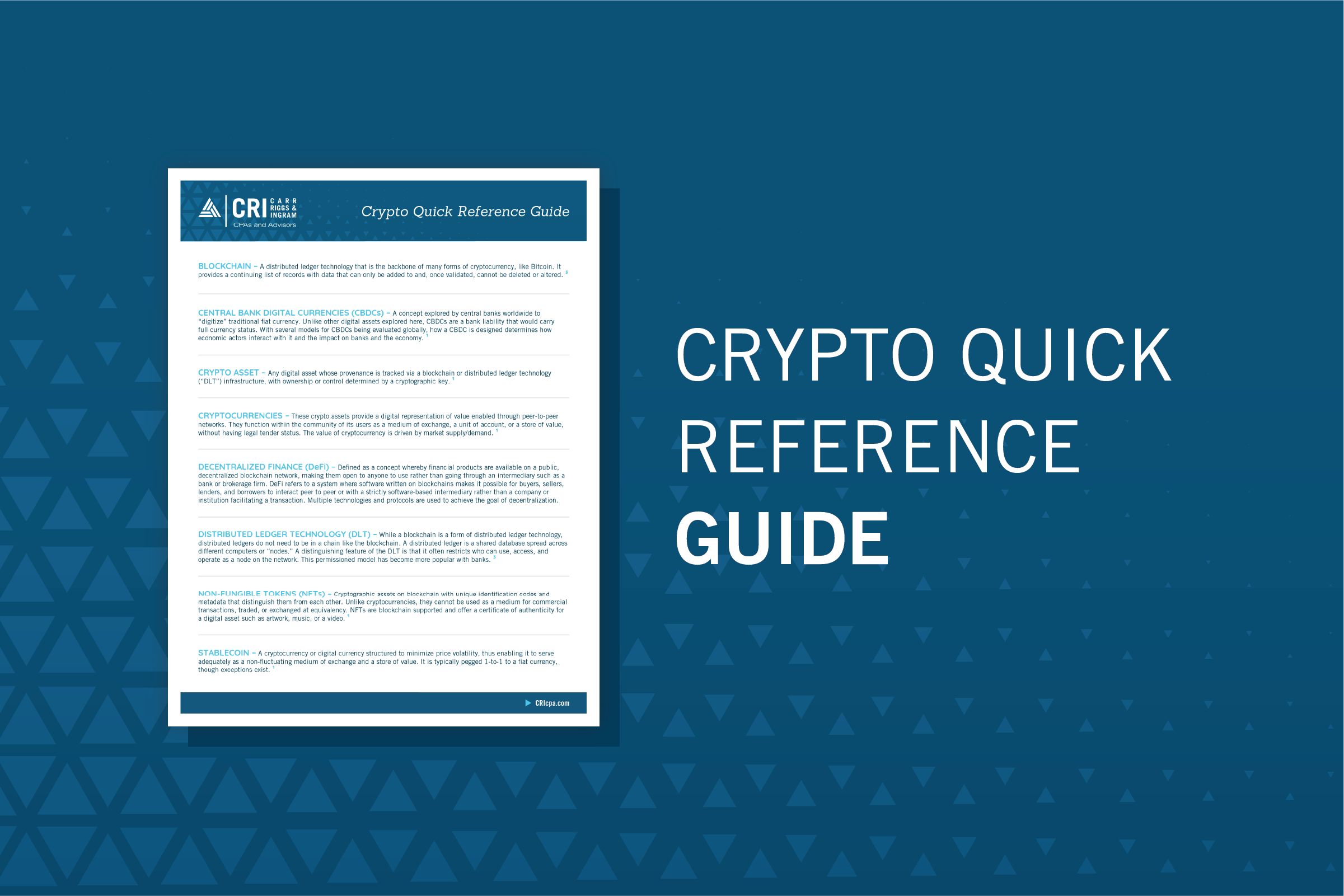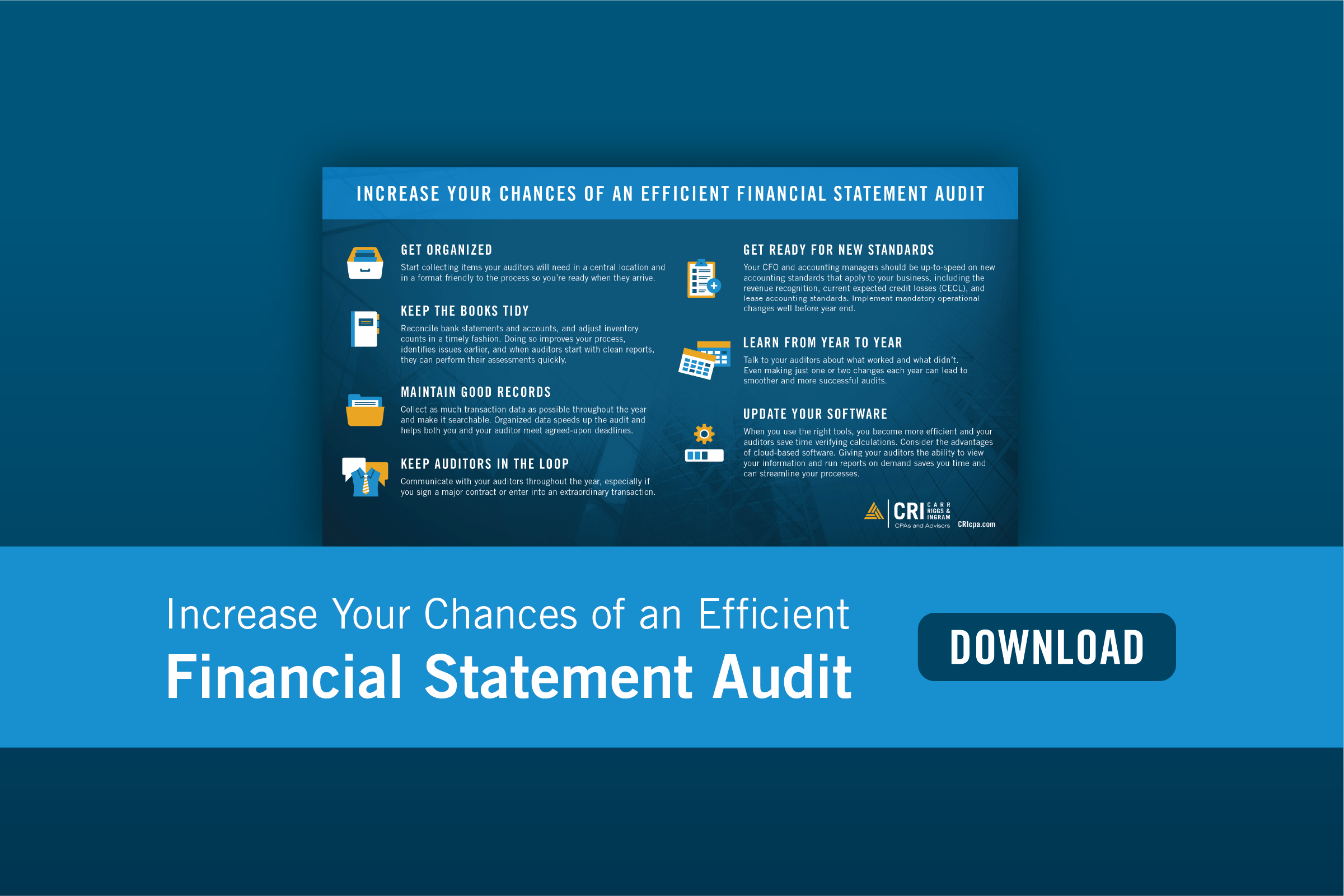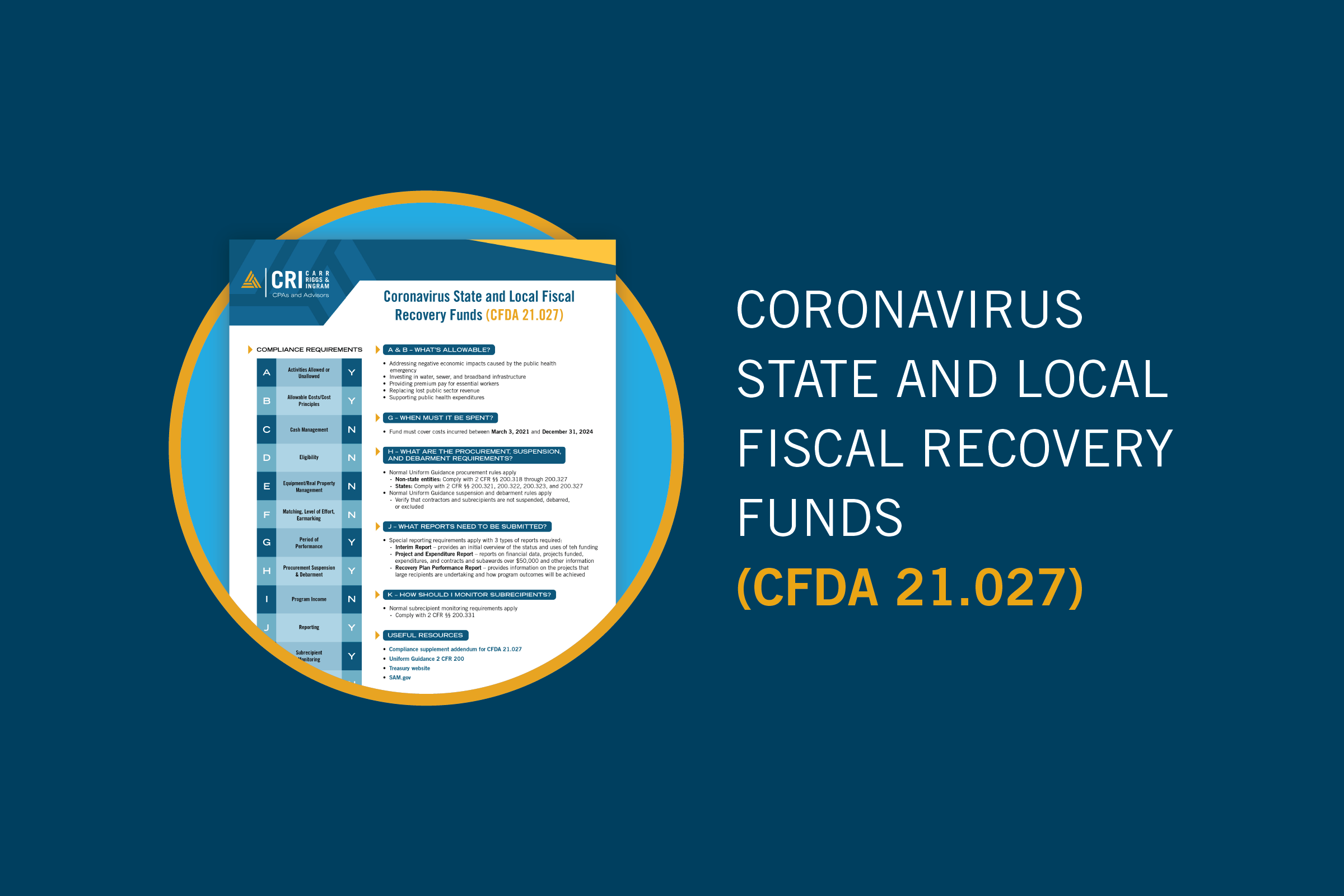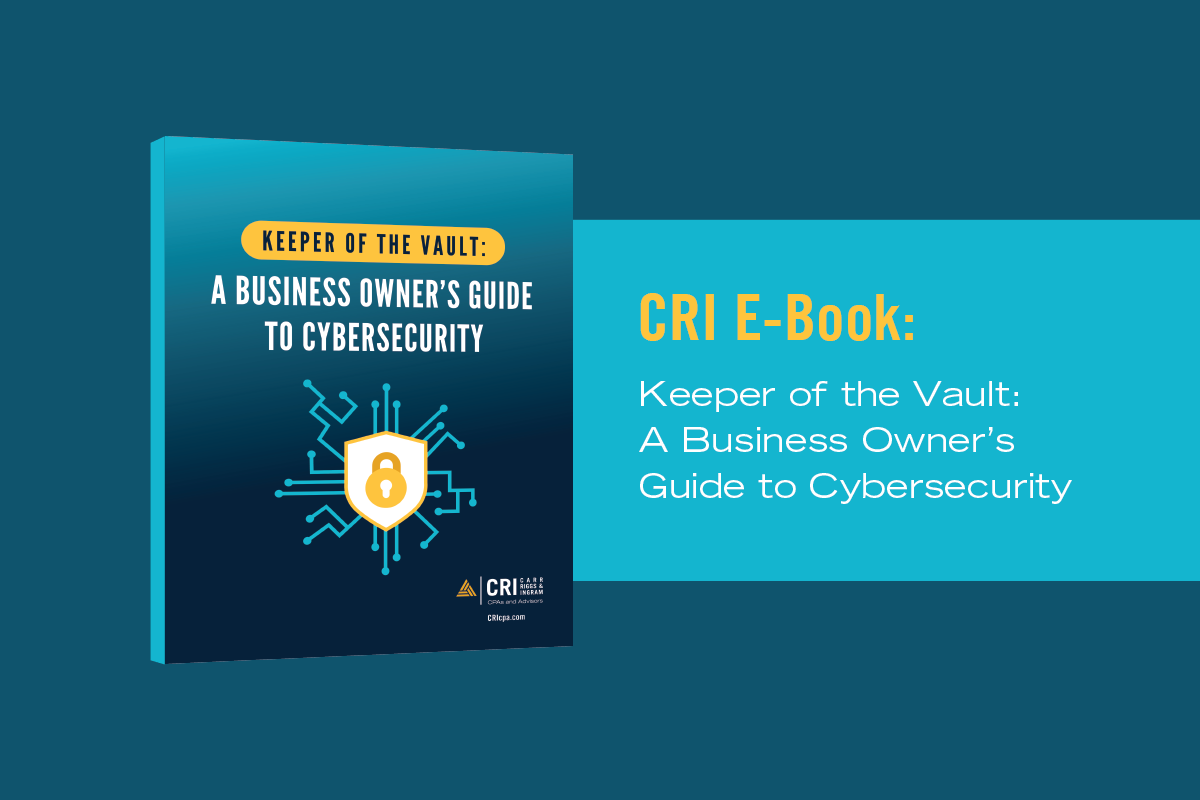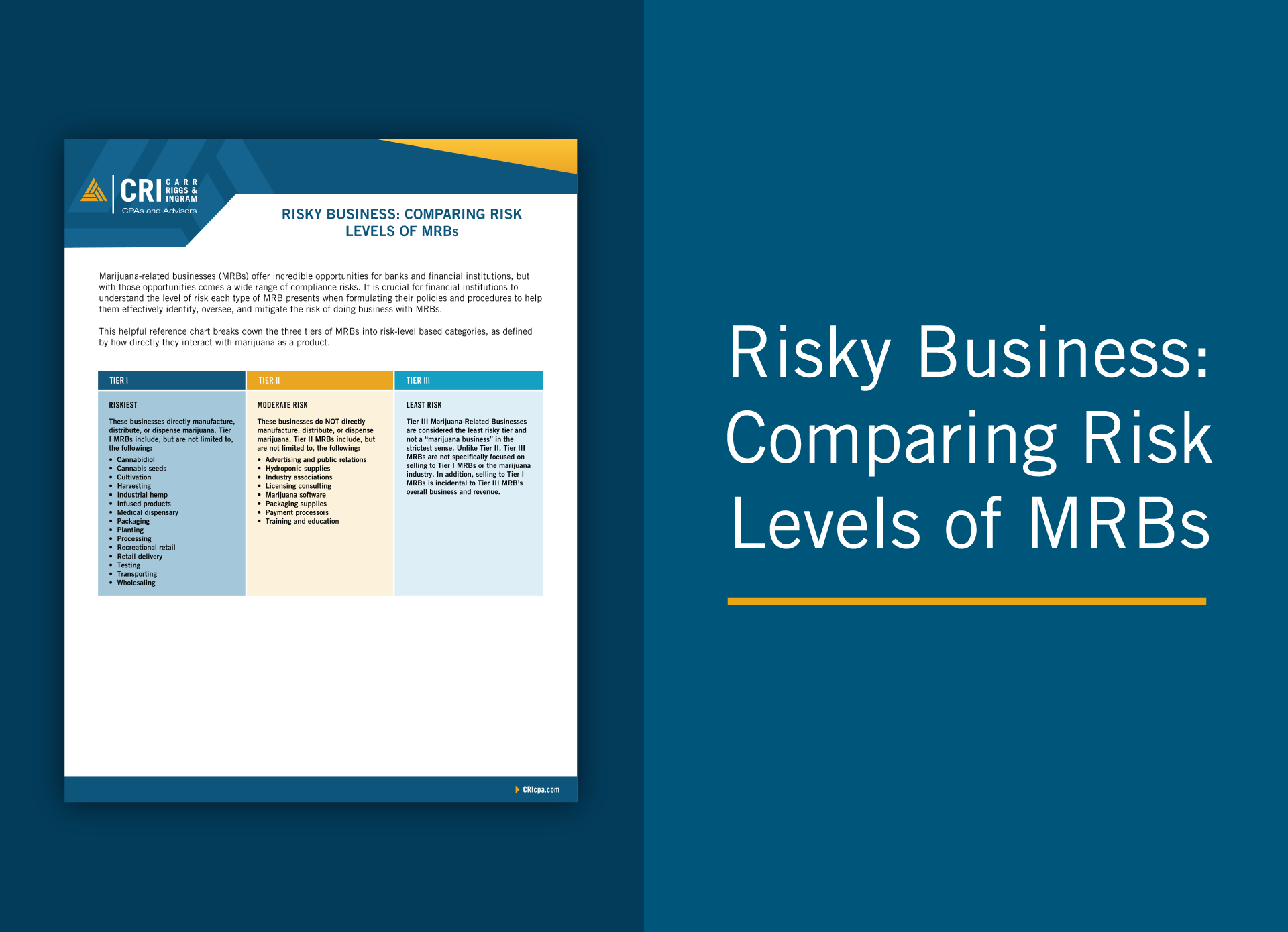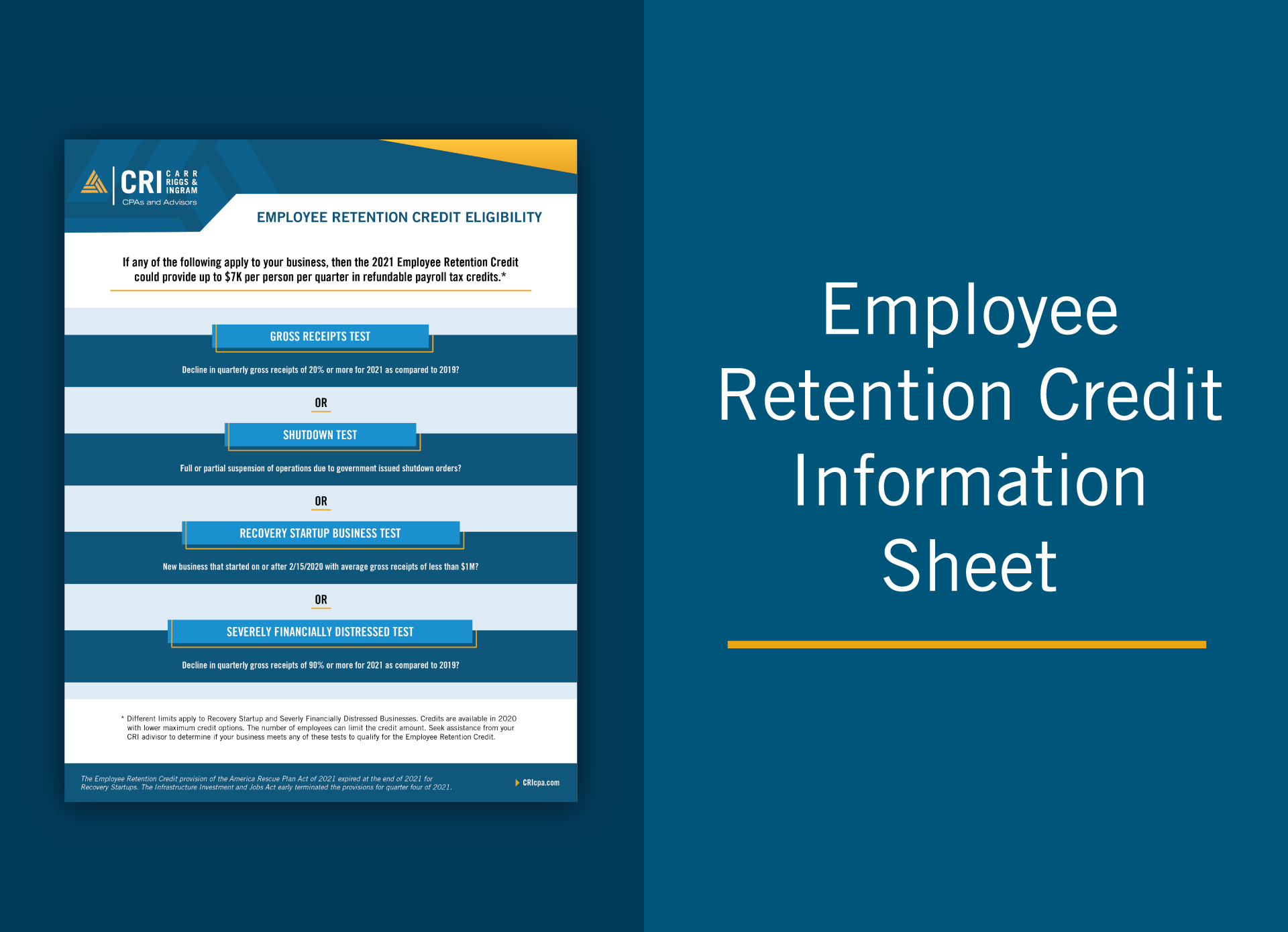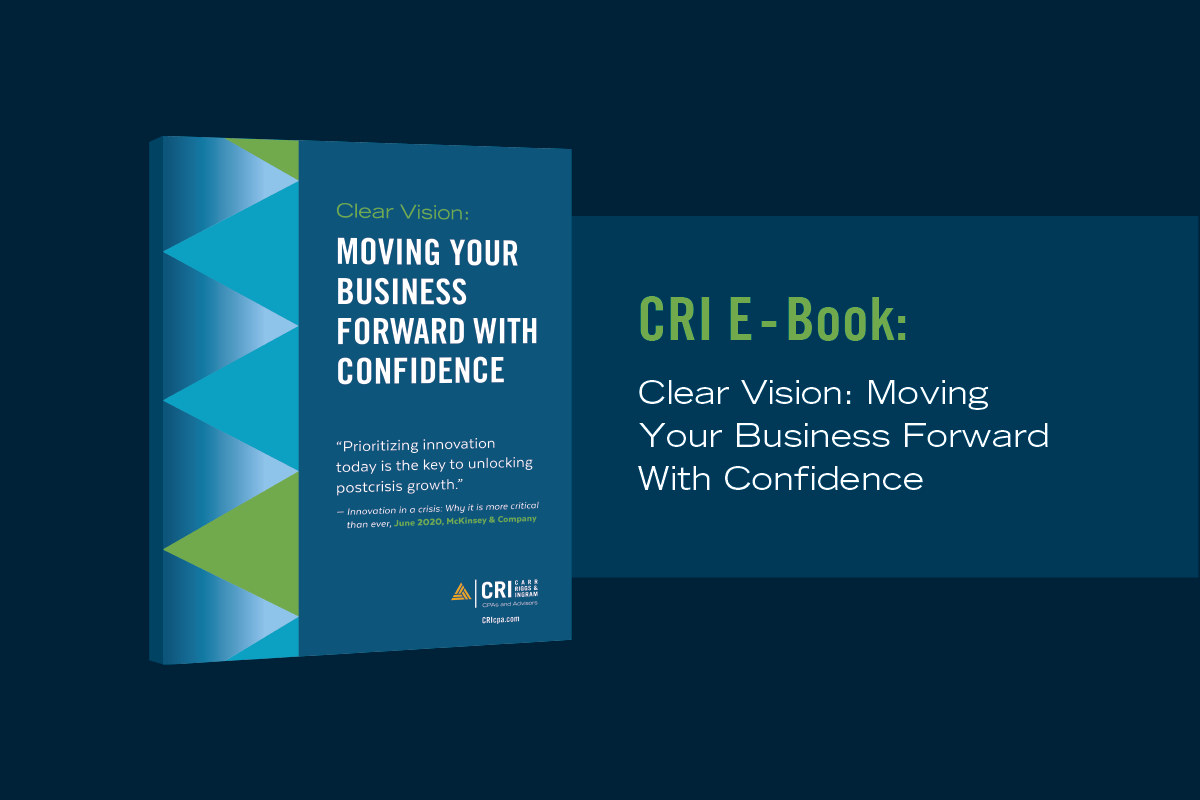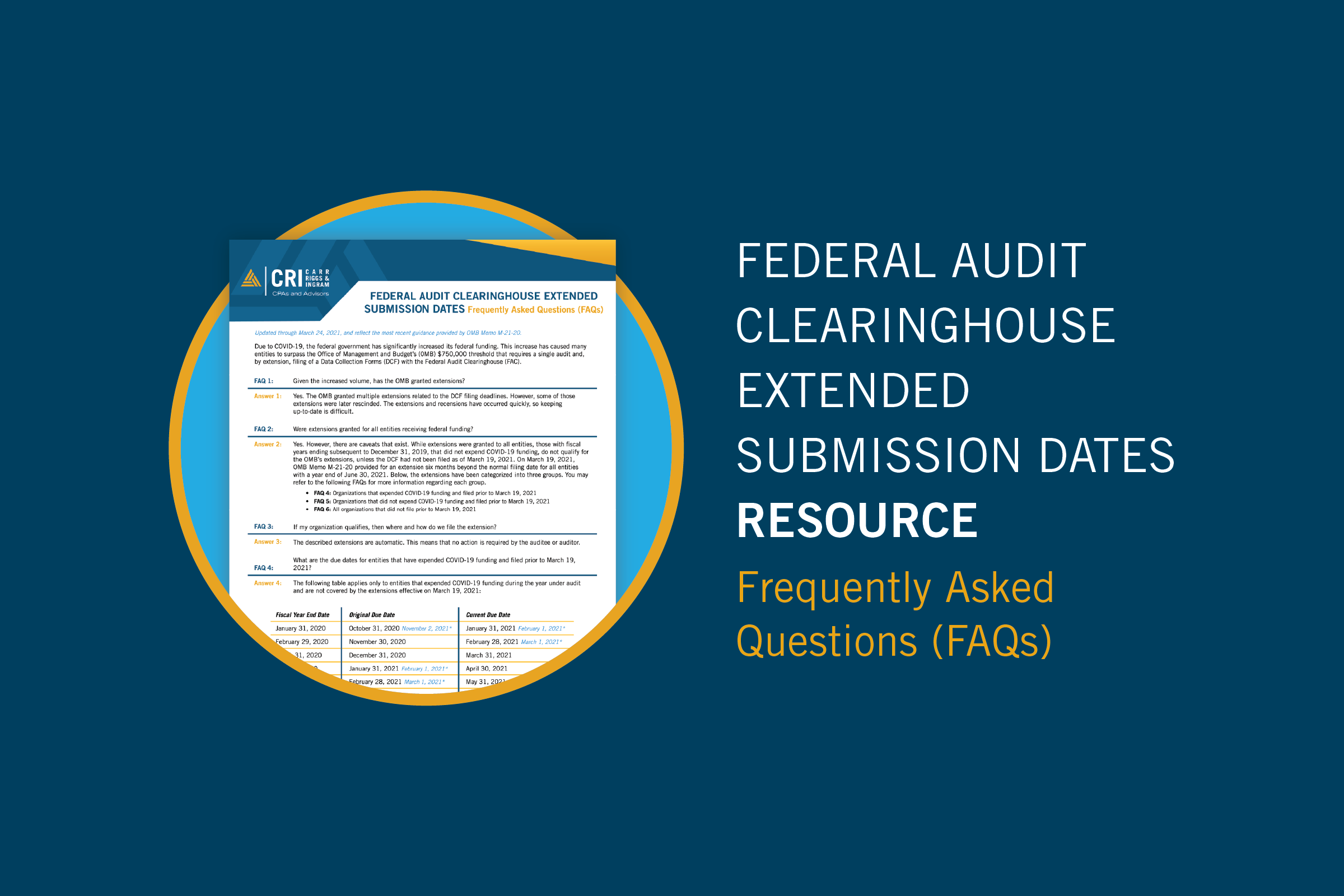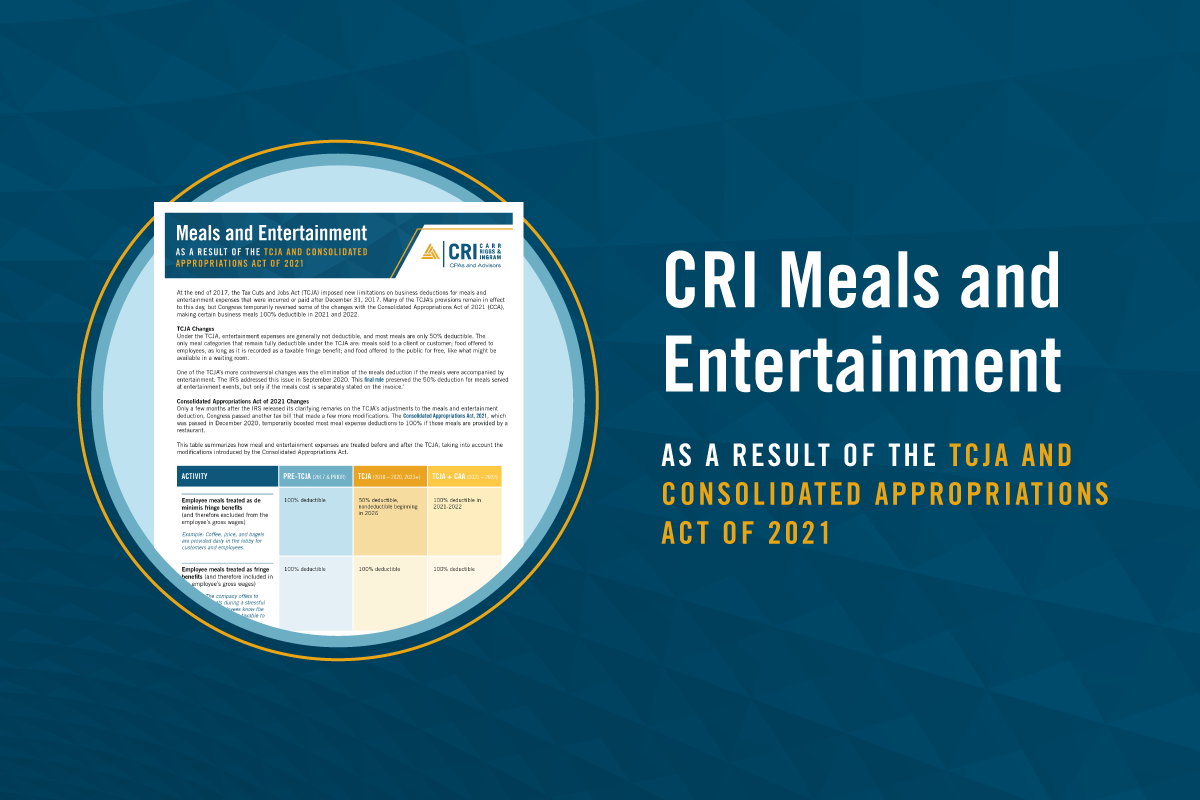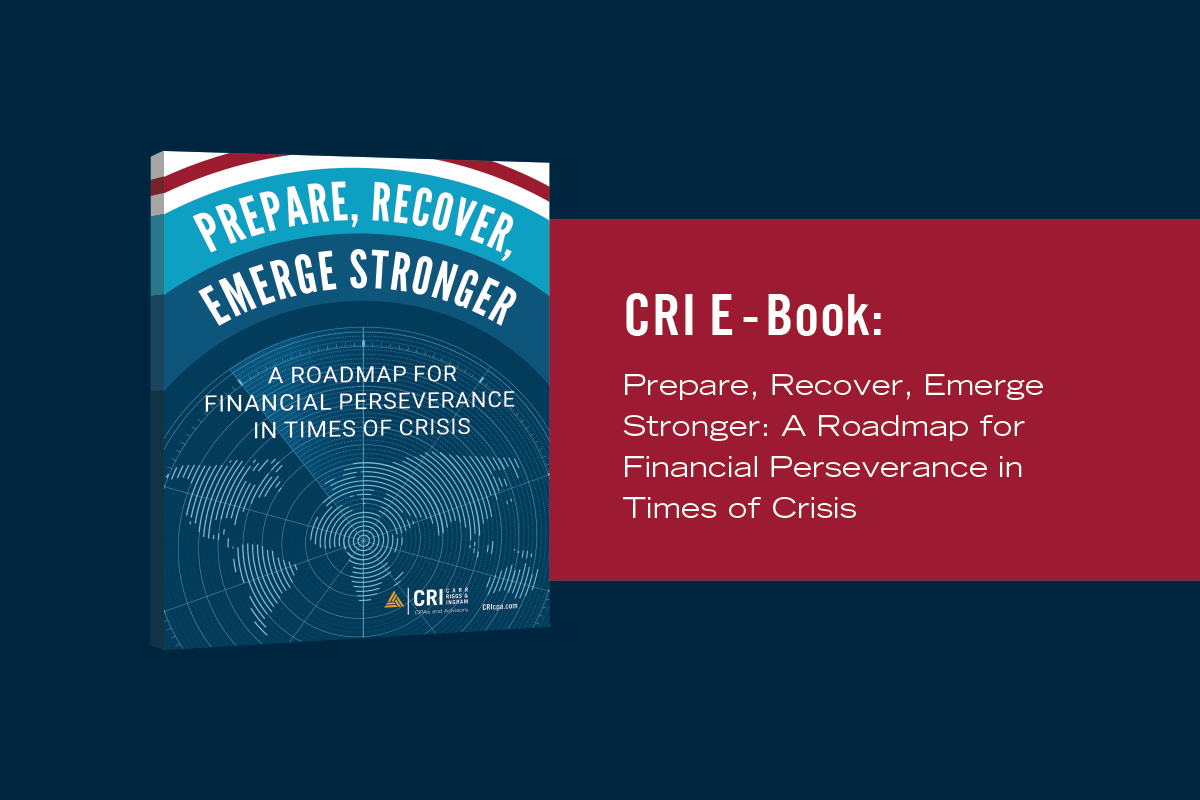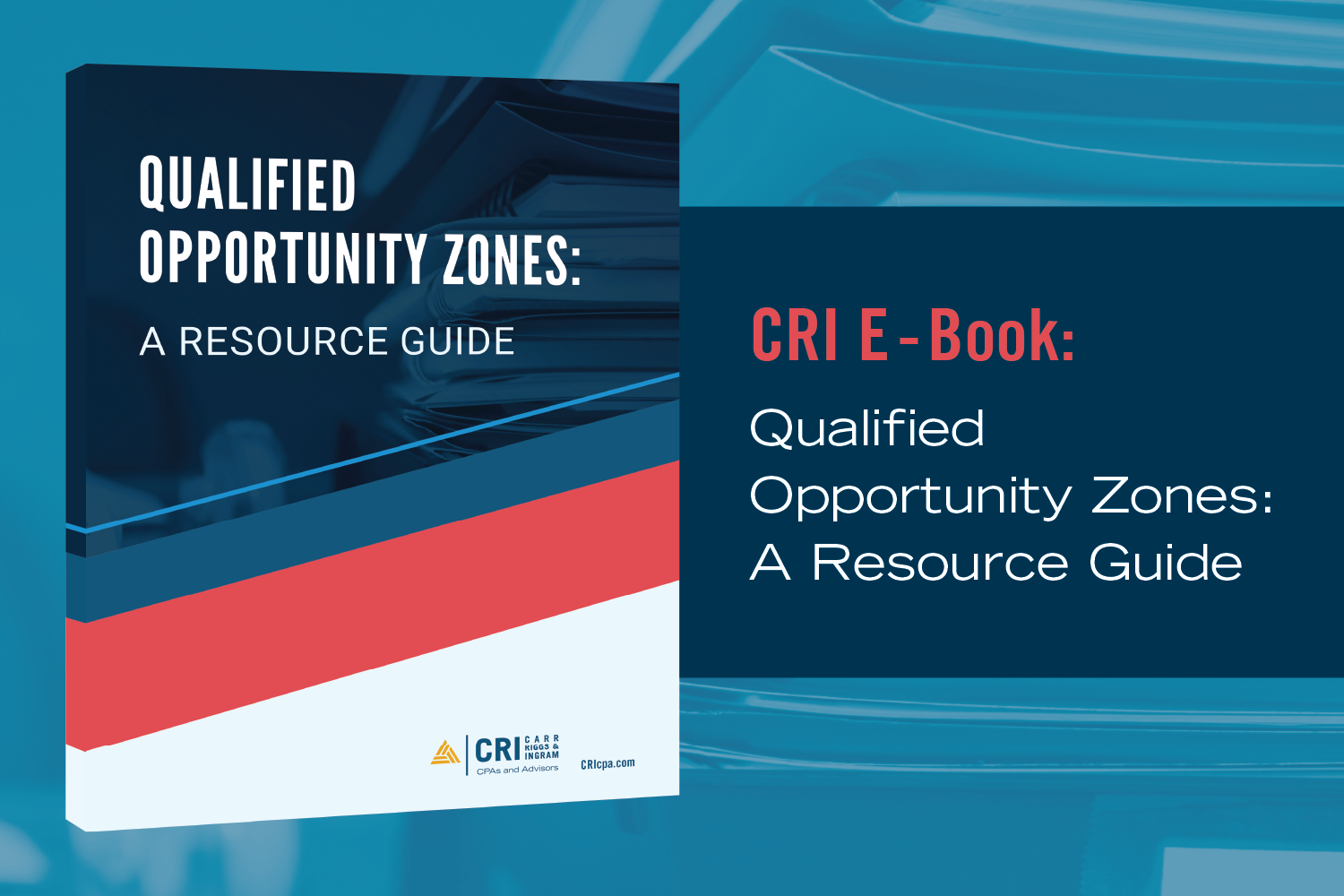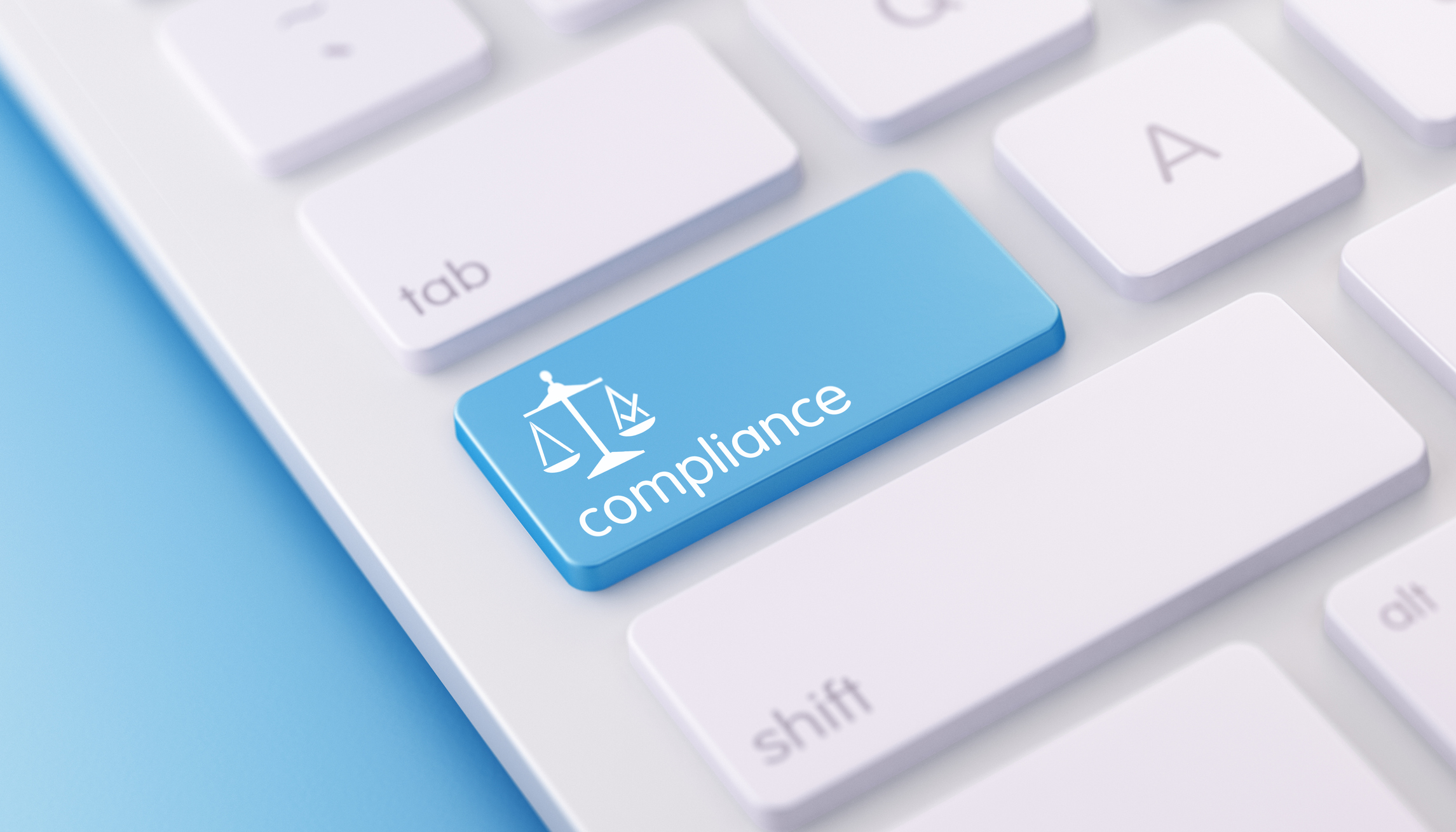Sustainable Cost Management Strategies for Non-profits in Today’s Economic Challenges
- Contributor
- Melissa Frazier
Apr 24, 2023
As non-profit organizations continue to adapt to the ever-changing state of today's global economy, a key practice for ensuring their overall sustainability is cost management. While it may be challenging to depart from conventional approaches, the most difficult part is actually making the tough decisions that will help your organization stay afloat. Although there is no magic solution to instantly revive a struggling organization, strategic measures can be employed to weather the storm until a turnaround is achieved.
Cost cutting comes in a variety of forms that can usually be classified into four categories:
Internal Cost Cutting
- Identify which programs or services you provide that have the most considerable impact. Keep the most critical programs to your mission and the programs where funding is on-hand, or you are certain to receive funding. If you have a program/service that does not have the impact you are looking for, cut it out and save some funds and resources for the most impactful ones.
- Your management team must be “hands-on” during this time to manage staff and costs. Consider lowering the approval threshold needed for purchases. For example, in the past, perhaps anyone could buy needed items under $500 without advance approval. Now you only let a few people make purchases, and approval is required to authorize purchases over $250.
- Monitor departmental or program budgets closely and revise them based on the current situation. If you don't have departmental or program budgets, create them! It will be important to ensure accountability exists on as many levels as possible, and individuals at the lowest levels should share in that accountability.
- Negotiate with vendors for special terms to accommodate your cash flow requirements. Don't be afraid to ask! It is imperative you at least try this strategy.
- Develop regular financial “flash reports.” (“Flash Reports” include a summary of the organization's key operational and financial outcomes, provided daily or weekly.) You must develop an early warning system to help you make crucial decisions before it is too late.
- Evaluate and encourage working remotely. Having more remote workers can reduce overhead expenses such as office space, equipment, utilities, and supplies
External Cost Cutting
- Draw up a contingency financing plan to be prepared before the “rainy day” actually happens. The plan should include where to acquire one or more loans, provide for the potential of selling off or liquidating assets, and detail how to access new types of grants and funding. During this contingency plan development process, you might even identify assets that are not being used or discover funding you did not know existed and take advantage of these opportunities long before the “rainy day” ever comes.
- Draw on your board of directors, who can help you recognize opportunities you might not see. There may be potential ideas that someone else can realize sooner. Your Board should be comprised of those you know will honestly advise the organization on strengths and opportunities and be willing to point out potential weaknesses and threats.
- Outsource some of your work. For example, payroll or accounting. This may increase efficiency and allow you to cut some personnel costs or repurpose individual staff to focus on other, more critical, areas.
- Get with your insurance agent and look to trim premium dollars from your policies. Do this by taking a close look at what is really necessary under current circumstances. Many organizations renew insurance year after year without ever looking at the details. Everything made sense when you took out the policies years ago, but maybe they don't in today's environment. Your needs change, and your coverage should reflect this.
- Ensure that all vendors and services are evaluated periodically and consideration is given to switching providers or going out to bid.
Assets and Credit Management
- Set up an interest-bearing sweep account. Combine this with cost-cutting strategies and delay paying outstanding invoices for another thirty days, as possible. This could result in some additional income and improved cash flow.
- Refinance your debt or renegotiate your leases.
- Take advantage of payment discounts (if available).
- Make it as easy as possible to collect revenue, and when you do, get it to the bank as fast as you can.
- Consider leasing out any unused building or office space as an additional revenue stream. Don’t forget to consult with your CRI advisor about any potential unrelated business income that could result from rental activities!
Personnel Resources
- Use independent contractors, seasoned volunteers with expertise, and part-timers to save costs (both payroll and related benefits).
- Reshuffle staff duties to put the right people in the right place. You need your best people to do the most impactful jobs in times like this.
- Form an internal cost-cutting committee to trim waste.
- Cross-train employees, evaluate staff productivity objectively, and trim training budgets in the short term.
Managing costs is an ongoing process that requires constant vigilance and adaptability. Ensure that you regularly review and evaluate the effectiveness of your cost management efforts and make necessary adjustments as needed. For more guidance and help developing a strategy to manage your costs more efficiently, contact your CRI advisor. By taking a proactive approach to cost management and leveraging your team's and advisors' expertise, you can position your organization for long-term sustainability and success in today's ever-evolving business landscape.

